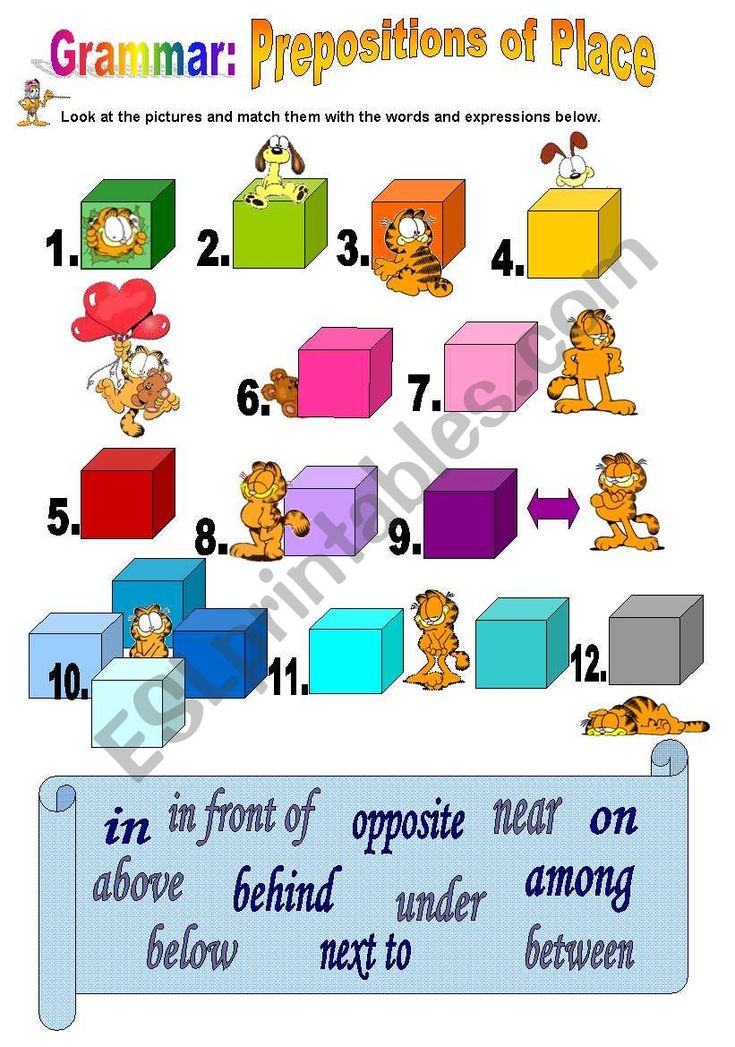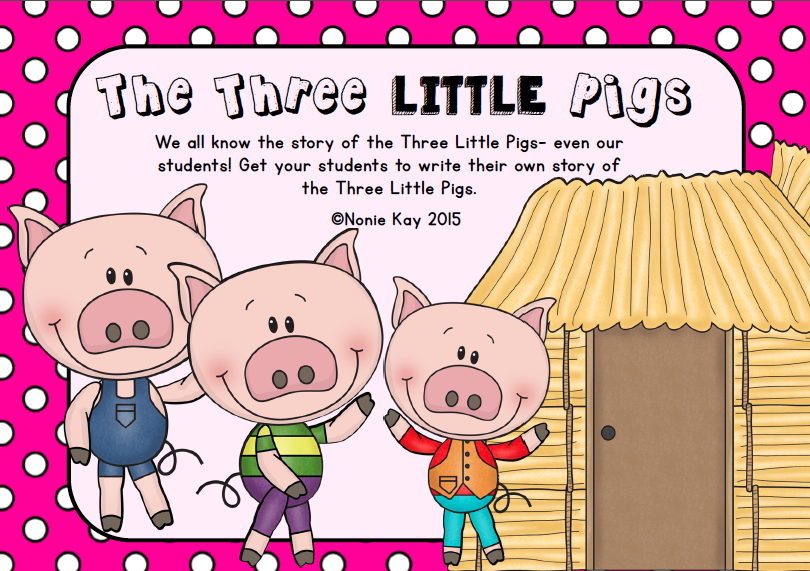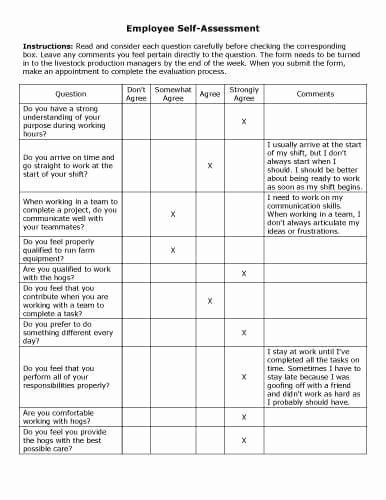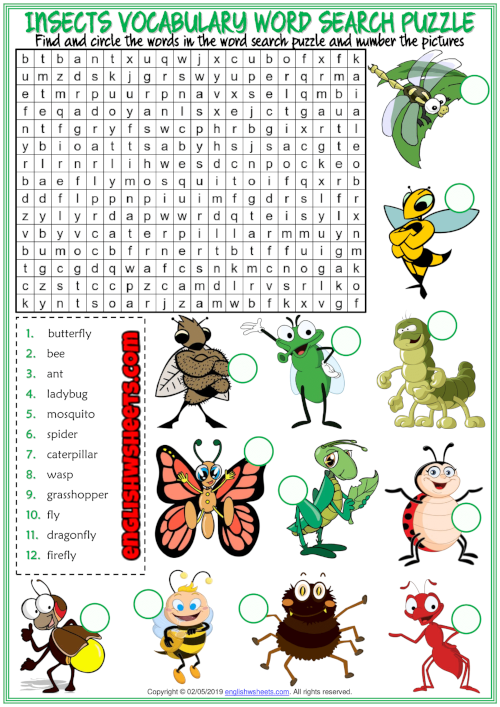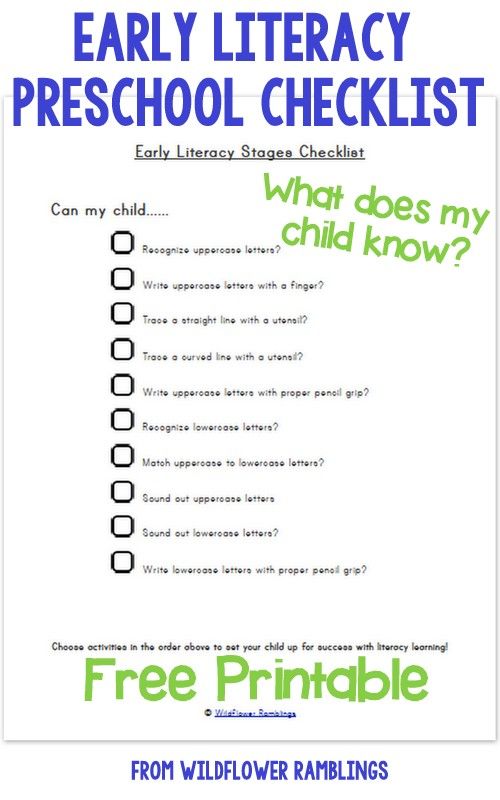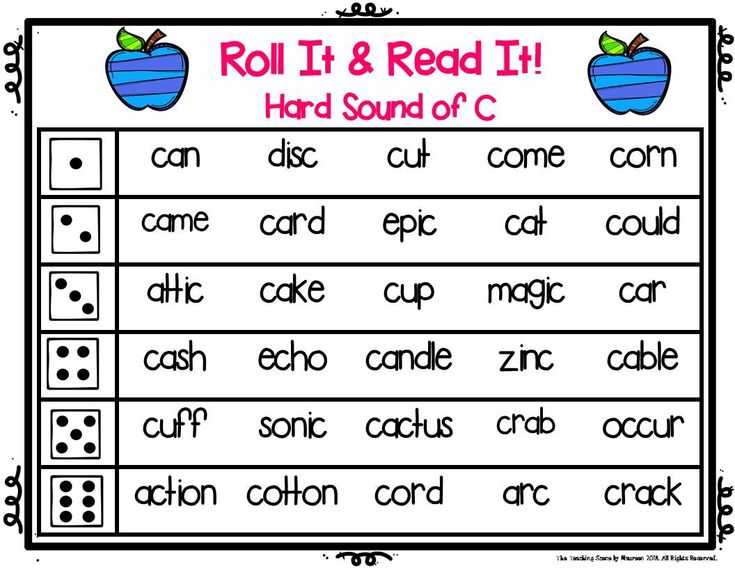Letter sound intervention
Phonics Interventions for Struggling Readers in K-2
Do you have any students who struggle with decoding? They don’t have the phonics knowledge they need to successfully read new words?
If so, this post will address exactly that! And it’s actually part of a complete series on supporting struggling readers.
In this series, I started out with a post about the causes of decoding difficulties in beginning readers, shared how I analyze running records to learn more about readers’ specific challenges, explained how I teach decoding strategies to struggling readers, and provided suggestions for phonological awareness intervention activities.
And in this post, I’ll be focusing on phonics, the relationship between letters and sounds. Learning phonics comes easily for some students, but it can be a real challenge for others.
In this post, I’ll explain how to figure out if phonics is a “problem area” for a reader and make suggestions for integrating phonics instruction into your literacy block. I’ll also provide ideas for specific phonics interventions to help your struggling decoders with phonics. Finally, I’ll describe how I help students apply their phonics learning to real reading – the ultimate goal!
Decoding difficulties can be caused by many different factors. Sometimes, a child is struggling for multiple reasons. However, it’s always beneficial to figure out whether or not a struggling reader would benefit from more phonics support.
As I describe in my post from a few weeks ago, analyzing a student’s miscues (reading errors) and self-corrections can be very helpful in determining what she needs to work on. When I want to find out if phonics knowledge is a problem, I take a look at a child’s miscues.
I look for patterns in her errors, and ask myself questions like:
- Does the student use the beginning of the word to decode? The end of the word? What about the middle? (If they are ignoring a certain part, like the end of a word, this is super important to know.
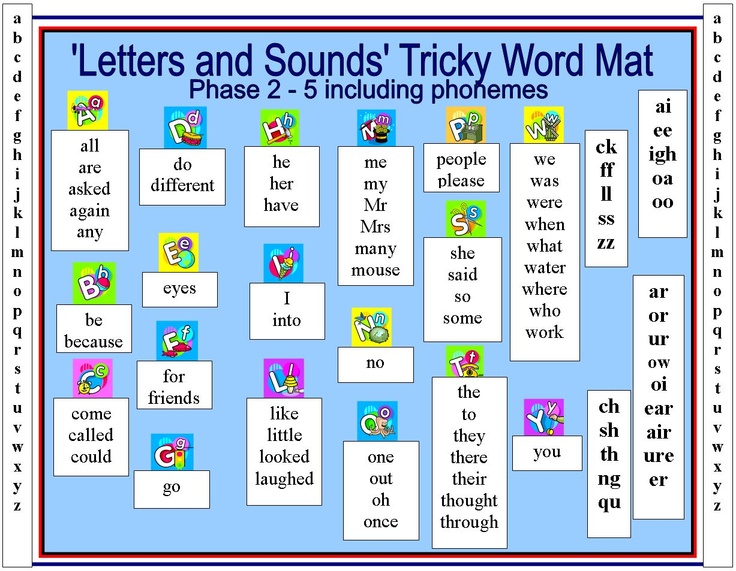 )
) - Is the student confusing letter sounds or phonics patterns and making mistakes for that reason?
- Does the student take a long time figuring out what sound the letter(s) make?
- Does the student attempt to sound out every single word in the book?
- Is the student misreading digraphs or blends?
- Does the student have a good handle on short vowels? Long vowels?
- Does the student look for patterns and recognize word chunks?
- How does the student handle multi-syllabic words?
Answering these questions can help me determine what, specifically, a student needs practice with in terms of phonics.
Sometimes you may find that there is no real pattern to a student’s errors. In this case, I ask myself if the child has a large enough “mental bank” of sight words. If a student frequently sounds out or misreads high-frequency words (that are difficult to decode), then it may be a case of lack of sight word knowledge rather than a lack of phonics understanding.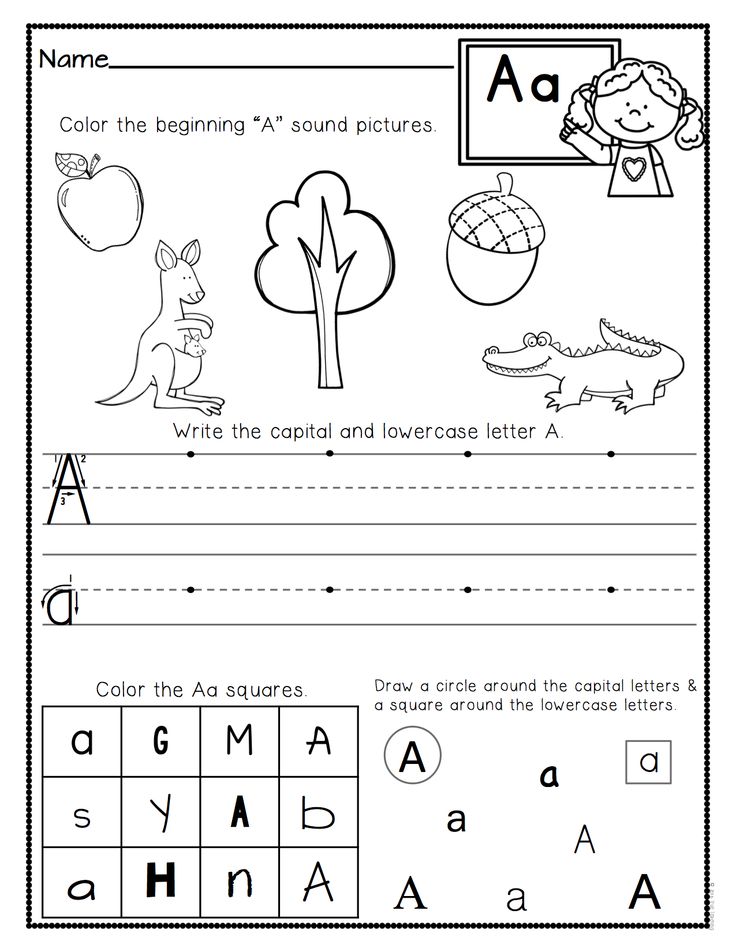
All students benefit from systematic, explicit phonics instruction – regardless of whether or not they are struggling readers.
I developed my phonics program, From Sounds to Spelling, because I wasn’t completely satisfied with the phonics program(s) I had available to me at the schools where I’ve taught. I wanted a program that was:
- Systematic and explicit
- Based on multi-sensory practice
- Easy to use, with center activities, decodable books, and plenty of materials
- FUN for kids!
You can read more about the program here.
Regardless of what phonics program you’re using, however, I recommend teaching a spelling pattern to the entire group (whole group or small group), and then providing practice and follow-up activities that are differentiated .
Here’s an example: You’re working on blends in your first grade classroom. Some of your students need to practice hearing and spelling blends at the beginning of 1-syllable words, so you create opportunities for independent and small group practice. More advanced students, however, need practice with blends at the middle and end of multisyllabic words. You use alternative activities and small group lessons to challenge these students.
More advanced students, however, need practice with blends at the middle and end of multisyllabic words. You use alternative activities and small group lessons to challenge these students.
I do think it’s important to have a consistent time for phonics instruction each day (20-30 minutes). Phonics can also be integrated into guided reading or small group.
If I predict that one of my guided reading groups is going to struggle with a particular word in a book, I ask myself if the word contains a spelling pattern that they need to learn. If it does, I have them do a little work with the word before we read the book. I may write the word on a dry erase board or make it with magnetic letters. We can break the word apart, talk about the pattern, and come up with other words that have the same pattern. This will help them read the word when they encounter it in the book.
In an ideal situation, there are multiple words in the book that have the same pattern.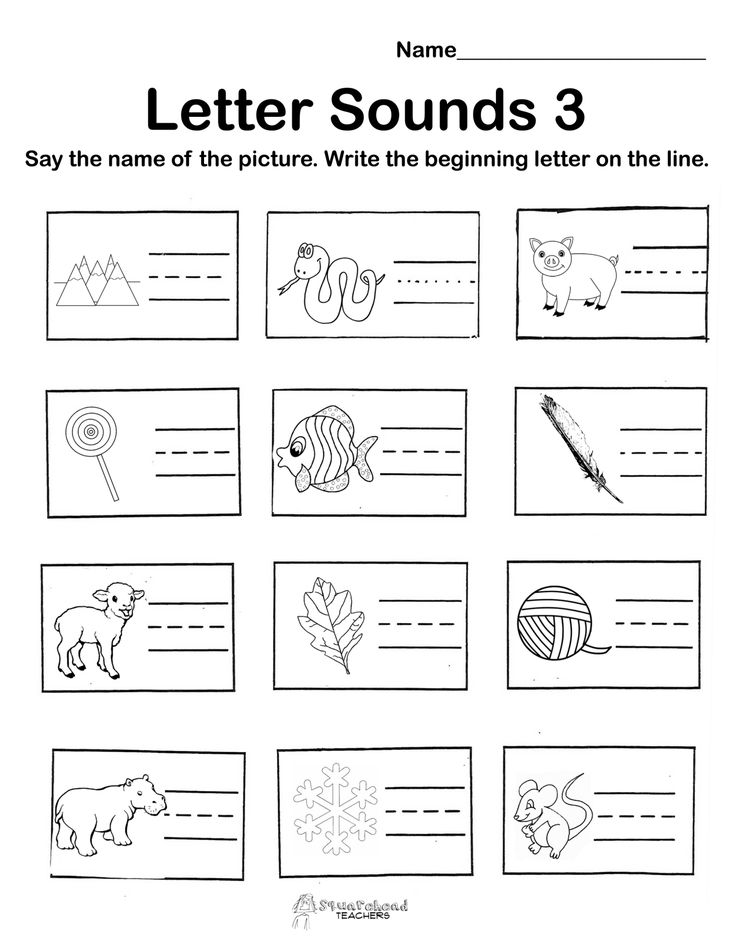 We may talk about just one during the pre-read discussion, and then I can see if they apply that knowledge to read the other words in the book with that same pattern.
We may talk about just one during the pre-read discussion, and then I can see if they apply that knowledge to read the other words in the book with that same pattern.
Alternatively, you can do a little word work after students have read the book. If you noticed that several children struggled with one word, you can break it apart, come up with similar words, and so on.
In general, I try to keep word work in guided reading / small group brief and always relate it back to the text. It’s important for students to understand that learning phonics helps them learn to read and write. (I also make sure that if I’m working on phonics during guided reading, I’m still following an explicit scope and sequence to introduce new skills – not waiting for them to appear in the context of a text.)
Specific Phonics Intervention Activities for Struggling StudentsNo matter how awesome your whole-class and small group phonics instruction is, some students may still struggle.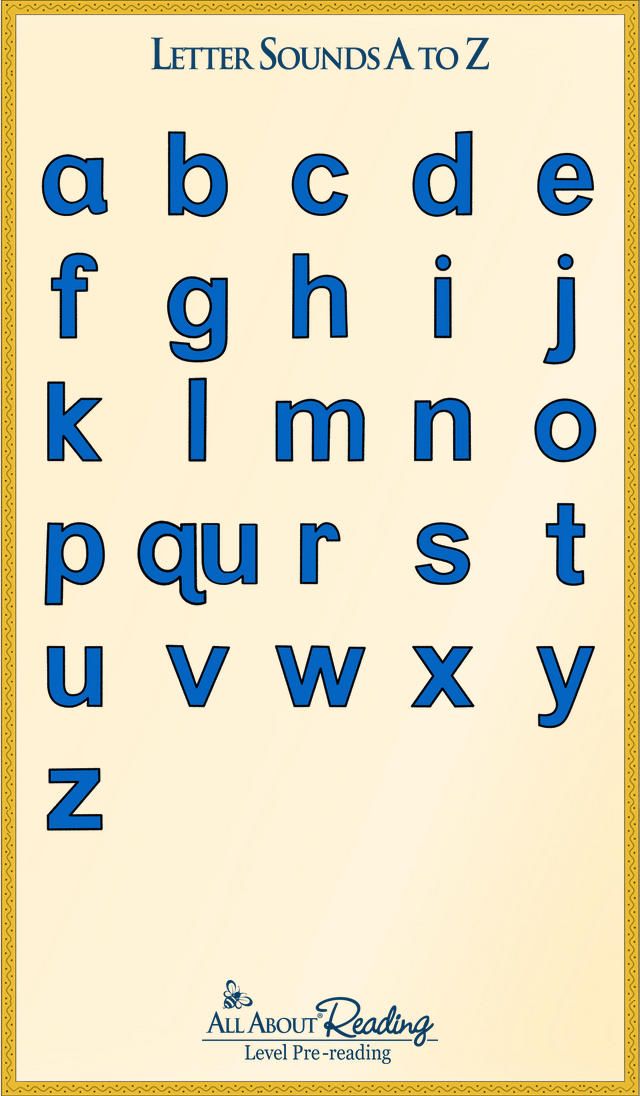 Those students will benefit from further practice with phonics concepts, in a one-on-one or small group setting. They also need many opportunities to apply this knowledge to reading real texts.
Those students will benefit from further practice with phonics concepts, in a one-on-one or small group setting. They also need many opportunities to apply this knowledge to reading real texts.
In the following sections, I’ll describe possible intervention activities for students who are struggling with letter sounds, CVC words, digraphs and blends, word families/word patterns, vowels, and infected endings. All of the materials described and pictured are completely FREE – just sign up here
Letter Sound InterventionsIn order for students to move beyond “pretend reading,” they need to master their letter sounds. And they need to recall letter sounds quickly, in order to support fluent decoding.
When a young student is struggling with letter sounds, I first try to figure out if they are actually PERCEIVING the letters the way that they should be. Can they physically see the letters? Can they hear the letter sounds that I’m saying? A quick trip to the nurse for a vision and hearing check helps determine whether or not there are underlying physical causes for a child’s struggles.
I also check to make sure that the child can visually differentiate between alphabet letters. If the letters “o” and “c” look about the same to a student, then she won’t be successful with mastering the sounds they make.
If you find that a student is having trouble telling letters apart, try doing some magnetic letter sorts with her. First, sort by letter shapes. Show her how to put the “round ones” together, the “ones with sticks” together, and so on. When she has learned to do this type of sort independently, have her sort by actual letters. Font sorts can be helpful, too – mix up examples of two letters written in various fonts, and have her sort the two letters into groups. An example of this is included in today’s free download.
Once a student can distinguish between letters, she’s ready to learn the sounds. She doesn’t necessarily need to know the letter names – in some countries, like England, they first teach children the letter sounds and teach the names later (Stahl, 2014).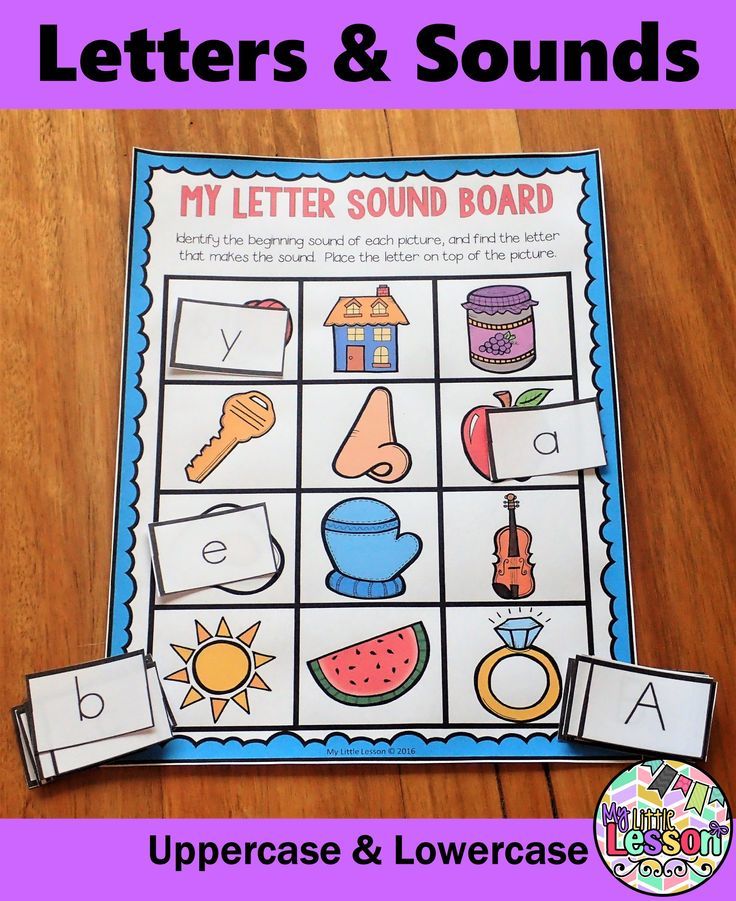 This makes a whole lot of sense to me!
This makes a whole lot of sense to me!
You also don’t have to wait until a child has mastered one letter sound to move onto the next. I like to introduce about 2 letter sounds per week, and then move on to 2 new letter sounds the following week. I’ve found that students sometimes seem to learn a handful of letters at once, regardless of whether I taught them this past week or several weeks ago.
In my opinion, alphabet charts are one of the most helpful tools for teaching letter sounds (and letter names). At the beginning of each guided reading group or small group, you can give students copies of an alphabet chart (included in today’s free download) and have them read it chorally.
There are many different ways to practice. You can have students go through the chart saying each letter name, sound, and picture: “A, apple, /ă/
.” You can have them say just the letter sound and picture: “/ă/, apple.” You can have them do “speed hunts” (“Put your finger on the letter that makes the sound /m/. ”). Alphabet charts are so simple and versatile!
”). Alphabet charts are so simple and versatile!
I’ve also found that incorporating movement is extremely beneficial when teaching letter sounds. My phonics program, From Sounds to Spelling, has videos with a special chant and movements for the alphabet.
Since teaching letter sounds requires a lot of repetition, here are some additional activities to help keep things fresh and interesting:
- Trace sandpaper letters while saying the letter sound
- Use one finger to trace a letter in salt or sand (see my photo below – I use travel soap boxes to hold salt for tracing)
- Trace letters in shaving cream (bonus – this cleans the tables!)
- Do “letter hunts” by searching for and cutting letters out of old newspapers and magazines
- Have students sort small objects by letter sounds
- Have students use Starfall or apps to squeeze in a little extra independent practice
- Pair students up (one struggling reader with one child who knows her letter sounds) and have them practice flashcards together – or create a timed PowerPoint presentation that automatically goes through all the letters while students practice
Sometimes you may find that students know their letter sounds well but are not applying that knowledge to their reading.
If a child knows her letter sounds but is not using them to decode tricky words, have her read a patterned text (i.e. “I see a bear. I see a lion.”). Then, have her reread the book – but this time, cover up the pictures. This will force her to use the first letter to decode some of the words.
Then, when she is able to decode simple CV and CVC words, transition her into decodable books. These texts help students practice phonics patterns in-context.
Decodable texts train students to read by using their phonics knowledge – and they give them lots of opportunities for SUCCESS!
My phonics program, From Sounds to Spelling, includes lots of decodable texts. But if you use a different phonics program, you can also check out separate sets of decodable texts in my TeachersPayTeachers store.
Cut-apart sentences are another great way to force students to attend to the initial letter in words. Have the student come up with a sentence (about a book you just read or a special activity), write it on a sentence strip, and then cut apart the words.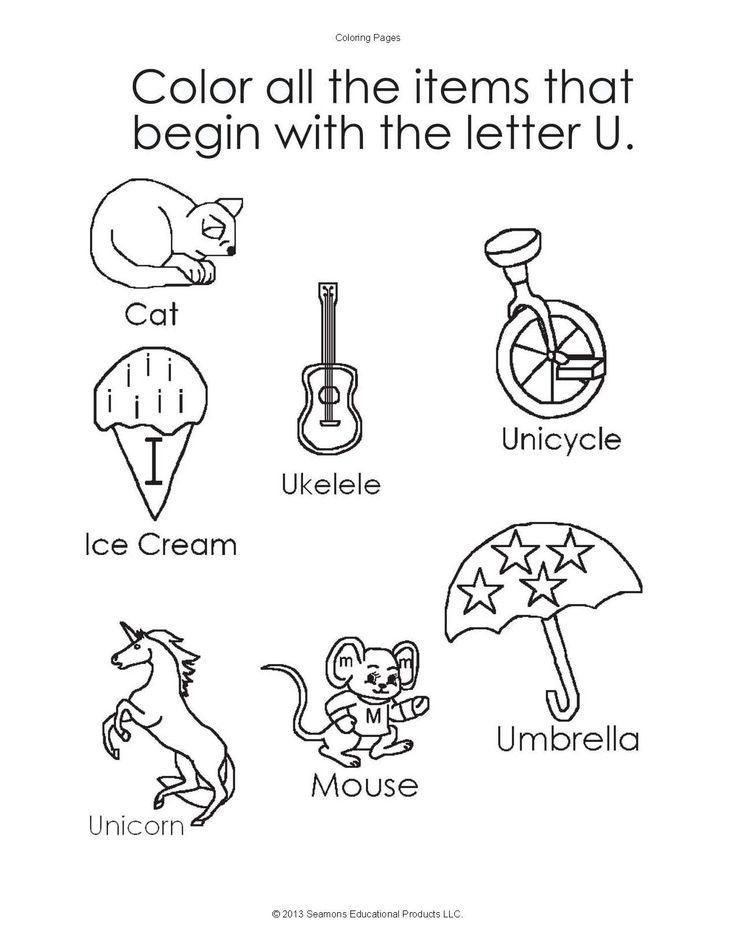 The child puts the sentence back together, using the first letter of each word as a guide.
The child puts the sentence back together, using the first letter of each word as a guide.
If a child is having a tough time paying attention to letter sounds other than the first letter, teach her to pay attention the last letter of a word. You can have her sort word cards by ending letters (i.e. “Words that end with “d” and words that end with “g”). You can also present similar words (that all start with the same letter) to a child, and have her choose the word that matches the picture. The clip-on cards from today’s freebie are an example of this type of activity:
It can be frustrating when a child is held back by a lack of letter sound knowledge. However, keep in mind that these students can still participate in guided reading and read simple texts. Letter sound knowledge will develop with time and practice.
CVC Word InterventionsEven when students know their letter sounds, they may struggle to put the sounds together to read words with a consonant-vowel-consonant pattern (CVC words).
When a child is struggling with CVC words, the first thing I ask myself is, “Can the child blend three sounds orally?” Because if a child cannot say the word “cat” after hearing the sounds /c/ /a/ /t/ spoken aloud, then she is not going to be able to read the word “cat” when it is presented to her.
For this reason, it’s important to help students practice blending sounds orally before you ask them to read CVC words. A blending sheet is something that’s been helpful for my students in the past:
This sheet helps students practice blending sounds AND left-to-right directionality. There are two different ways to use it:
- You say three sounds, touching one dot as you say each sound. The child slides her finger on the arrow, saying the complete word.
- You say a 3-sound word aloud and slide your finger along the arrow. The child then segments the word into 3 sounds, touching one dot for each sound.
Once children can do this activity orally, you can transition them to using letters.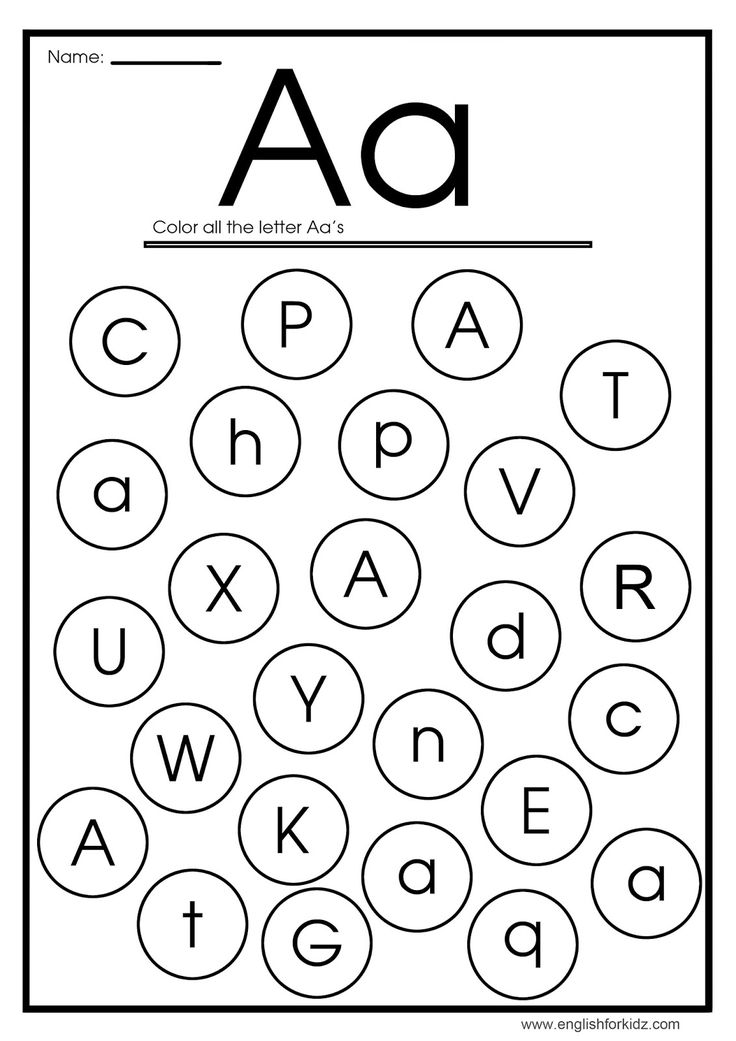 Laminate this second blending sheet and fill in a three letter word using dry erase marker. The child practices touching once for each sound, and then blending the sounds together to say the word.
Laminate this second blending sheet and fill in a three letter word using dry erase marker. The child practices touching once for each sound, and then blending the sounds together to say the word.
Both blending sheets are included in today’s download, and you can read more about other phonological awareness interventions in this post.
Elkonin boxes are another helpful tool for teaching students to blend sounds and read CVC words. To develop oral blending skills, say a CVC word aloud and have students touch each box once, while saying each sound in the word. You can also have them push counters into the boxes as they segment the word:
Once students are ready to work on CVC words, write a letter in each box and have them sound out the word. Students can also practice spelling CVC words with the support of sound boxes. In the photo below, you’ll see two types of sound box spelling activities. On the first sheet, students must fill in only two letters. On the second sheet, they have to spell the word entirely on their own:
All of the materials above are included in today’s free download (sign up here if you haven’t yet!)
Digraphs and Blends InterventionsWhen a student is struggling with digraphs and blends, I try to determine if they are hearing the actual sounds the way that they should be. If, for example, a child cannot correctly pronounce the /sh/ sound, this may make it difficult for her to hear and read this digraph.
If, for example, a child cannot correctly pronounce the /sh/ sound, this may make it difficult for her to hear and read this digraph.
I like to start by using lots of picture activities to help students practice hearing and saying words with digraphs and blends – before I ask them to spell or read words with digraphs. In your download, you’ll find a picture sort that helps students distinguish between the sounds “ch” and “th.”
A digraphs and blends chart can also be helpful. Just like with the alphabet chart I mentioned above, there are lots of different ways to have students practice “reading” the chart. The more repetition, the better!
Word Family and Word Pattern InterventionsAs I’m sure you know, reading letter-by-letter is just not efficient! We have to get our students to learn word patterns and to look for them when decoding tricky words.
There are a TON of different word families and word patterns in the English language.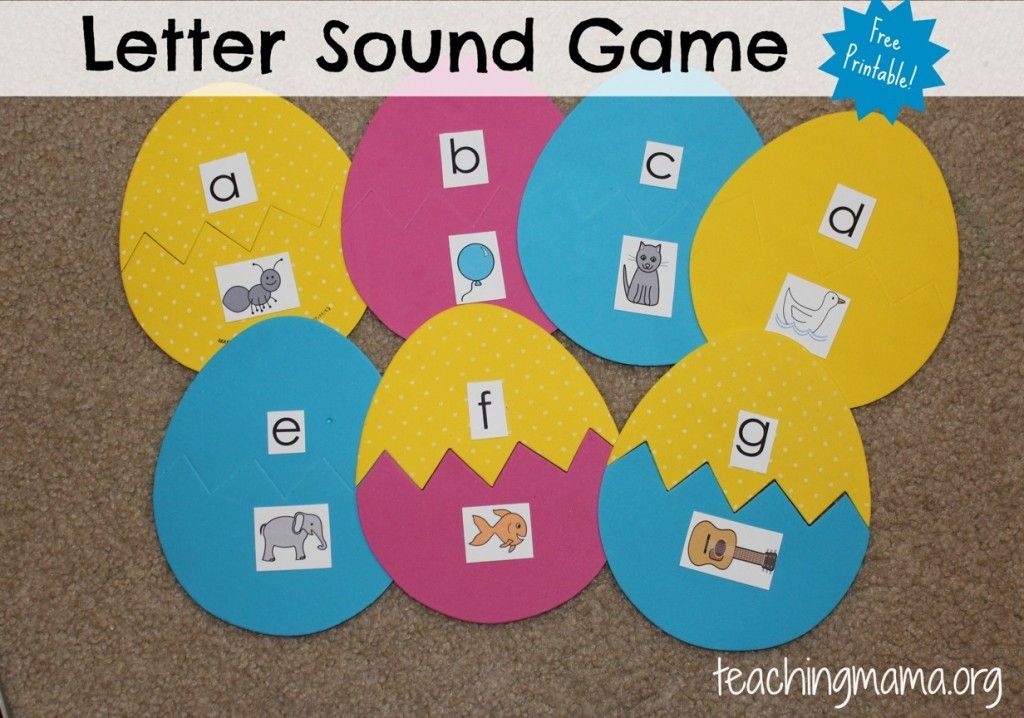 And the good news? You don’t have to teach your students all of them in order for them to become successful readers! As Fountas and Pinnell state in When Readers Struggle: Teaching That Works (2009), “Young readers do not need to learn every phonogram [spelling pattern] as a separate item” (p. 235).
And the good news? You don’t have to teach your students all of them in order for them to become successful readers! As Fountas and Pinnell state in When Readers Struggle: Teaching That Works (2009), “Young readers do not need to learn every phonogram [spelling pattern] as a separate item” (p. 235).
Thank goodness, right?! Of course, we still do have to give our students experiences working with many different word patterns (to give them a solid base). Here are some suggestions for intervention activities for working on word patterns:
- Use word sorts – these help students learn to look for patterns and categorize words. My phonics program, From Sounds to Spelling, includes plenty of word sorts in the 1st & 2nd grade levels (and some in the Kindergarten level, when appropriate).
- Have students use magnetic letters to break apart words. For example, if you put up the letters -eet, students can switch out different initial letters to make and read the words meet, greet, sheet, feet, etc.
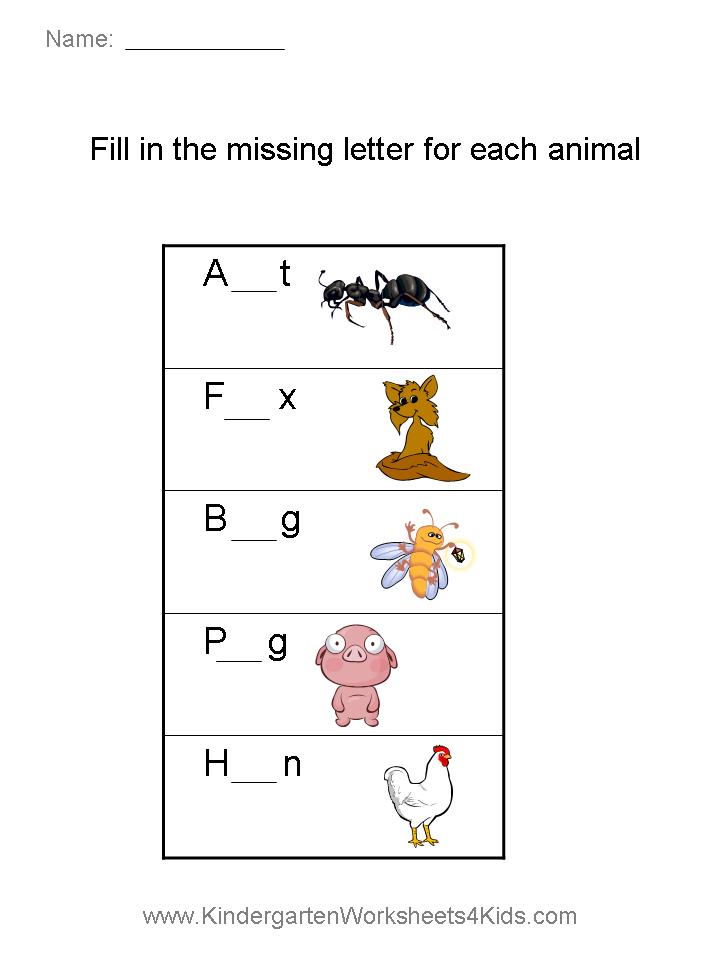 This will help them learn to see -eet as a “chunk” or pattern.
This will help them learn to see -eet as a “chunk” or pattern. - Have students highlight word patterns in printable books or poems. If you’re working on the -ight ending, for example, give students a book (that they’ve already read and discussed) and have them highlight examples of that word pattern.
Even if students are successful with these activities, they may still have a hard time applying that knowledge to reading new words in connected text (our ultimate goal). To help these students, make sure to always connect your intervention activities to real reading and writing.
Lots of thinking aloud will help, too (“When I first saw this word, I wasn’t sure what it said. But I did see the pattern -eep, which is a pattern I’ve seen in the word deep. So I said the word beginning, st, and put it with the -eep. And then I knew that the word was steep!)
Vowel InterventionsEnglish vowels can be so challenging! When a child is struggling with short vowels, I tell him to look at my mouth while I pronounce them.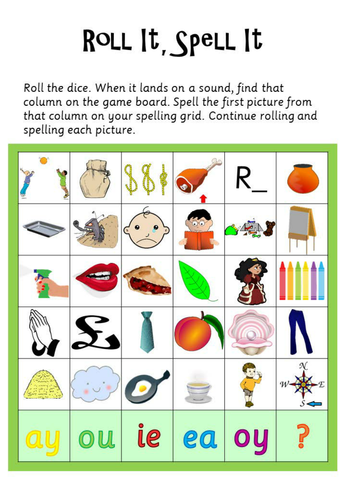 We practice saying each sound, paying attention to how our mouths look. This helps students learn to differentiate between short vowel sounds.
We practice saying each sound, paying attention to how our mouths look. This helps students learn to differentiate between short vowel sounds.
When we move onto long vowel sounds, I anticipate a lot of confusion. It takes time to learn all the different long vowel spelling patterns! Anchor charts and vowel “cheat sheets” can be helpful, particularly for students who struggle with vowels or have memory issues.
Many of the strategies I applied for word families also apply for teaching vowel sounds (after all, vowels are a type of spelling pattern). Word sorts, work with magnetic letters, and highlighting vowel patterns in texts are all useful activities for interventions. The nice thing about these activities is that you can adjust the difficulty level (short vowels? silent e? diphthongs?) while still using an activity structure with which students are familiar.
Elkonin boxes are another awesome way to visually demonstrate that more than one letter makes up a vowel sound, some vowels are silent, etc.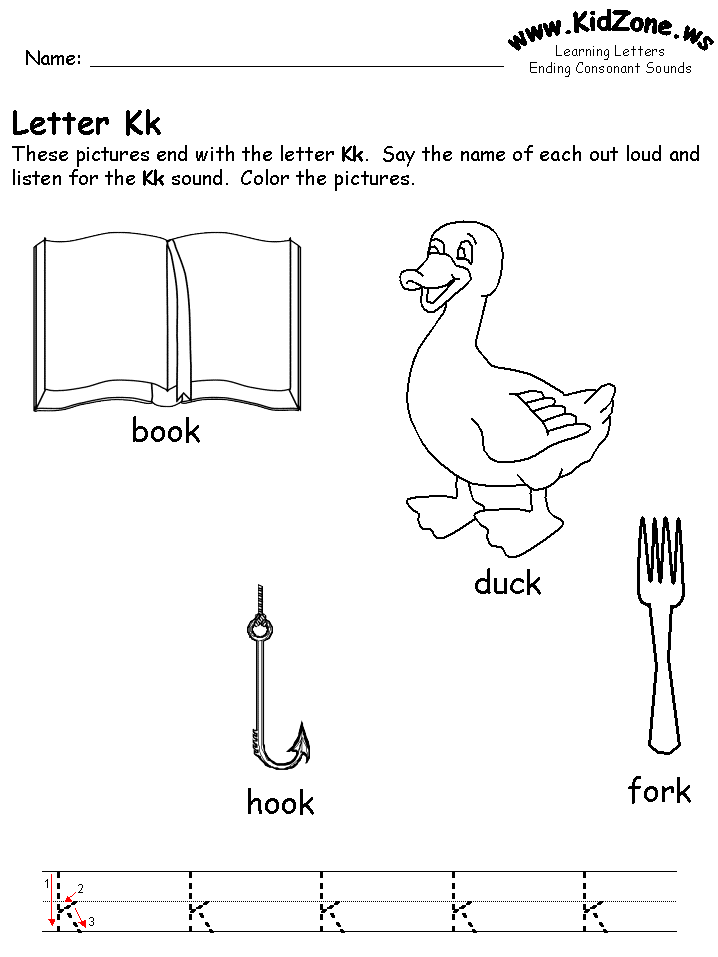 :
:
(I picked those three words randomly, but apparently I am subconsciously dreaming of being on the lake in a boat!)
Learning vowel spelling patterns takes time and lots of practice. And again, all the intervention activities in the world will not be beneficial if a student doesn’t have opportunities to apply that knowledge to real reading and writing tasks.
Inflected Ending InterventionsInflected or inflectional endings include -s, -es, -ing, and -ed. I’ve seen a lot of kids struggle to consistently pay attention to word endings, so specific inflectional endings activities can be beneficial.
I’m starting to sound like a broken record here, but word sorts, magnetic letters, and highlighting inflected endings in texts are all useful activities for teaching inflected endings.
And here’s a discovery activity (best for a small group) included in your free download:
- Tell students that you are going to show them one word card at a time.
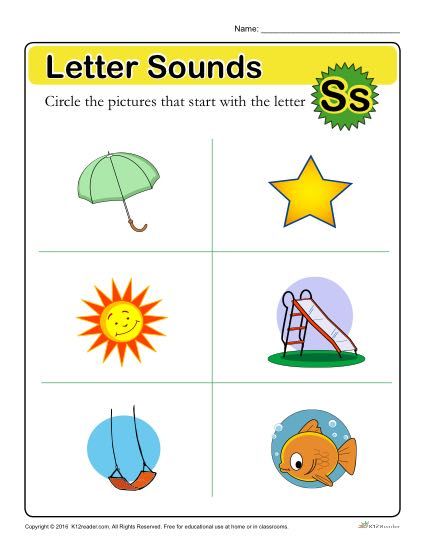 Their job is to read the word aloud.
Their job is to read the word aloud. - Show students just one card at a time, laying them on the table or placing them on the board so they can be seen after they read each card.
- Once you’ve read all the cards, have students state what they notice (in the example below, students should point out that the words all have the -ing ending, sometimes a single final consonant is doubled, sometimes a silent e is dropped, etc.). Students may notice many different things – your goal is not to teach them all of these rules, just to help them notice and discover patterns at this point.
- After your discussion, have students look for (and either write down or highlight) words with the same inflected ending in a text they’ve already read.
This activity could be followed by more detailed lessons about how a word can change when the -ing ending is added.
ConclusionBeyond these skills, students may struggle with multisyllabic words, prefixes, suffixes, and so on. However, many of the same activities I’ve described are useful for teaching multisyllabic words (like word sorts, highlighting, and find-it-in-a-book activities). When it comes down to it, we just need to help kids learn many word parts and teach them to apply those parts to read and write new words. (You can learn more about teaching kids to break up words into syllables in this post.)
However, many of the same activities I’ve described are useful for teaching multisyllabic words (like word sorts, highlighting, and find-it-in-a-book activities). When it comes down to it, we just need to help kids learn many word parts and teach them to apply those parts to read and write new words. (You can learn more about teaching kids to break up words into syllables in this post.)
And above all, we need to remember to give students lots of phonics practice through real reading and writing activities. Make it a point to talk about how word activities can help students read and spell words. It’s also helpful to monitor the amount of time students spend working on phonics activities vs. the amount of time they spend reading and writing.
If you need a complete program for phonics intervention, check out From Sounds to Spelling.I use this program to deliver reading intervention to K-5 students, including students with dyslexia. The phonics instruction is systematic, explicit, and multi-sensory.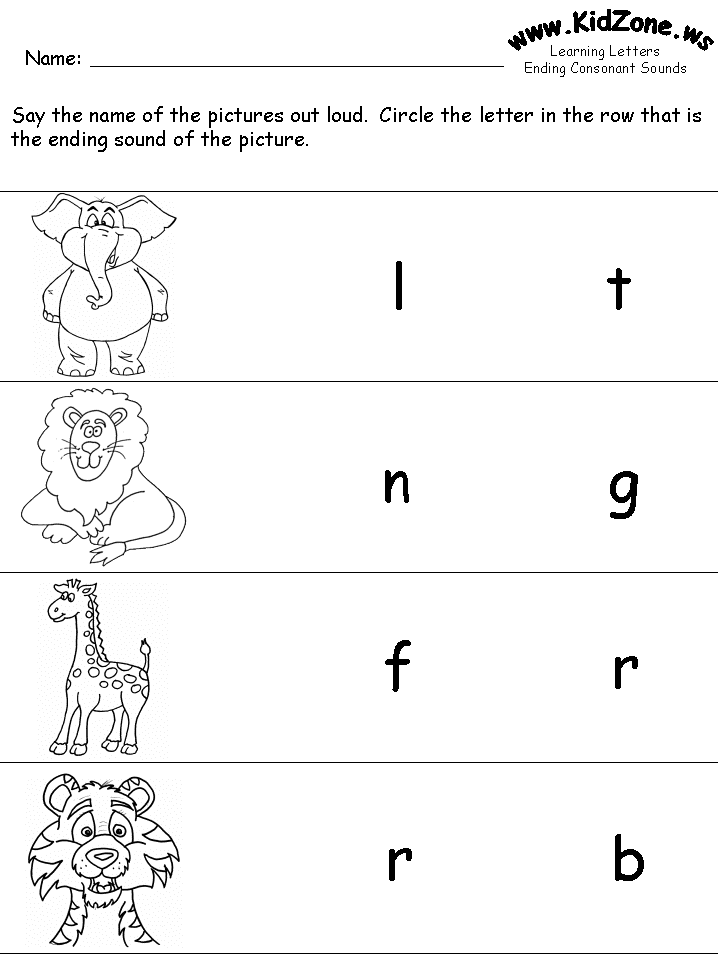 It comes with lots of games, decodable texts, and practice activities – more than any other phonics program I’ve ever used.
It comes with lots of games, decodable texts, and practice activities – more than any other phonics program I’ve ever used.
Update: This blog post series is now complete! You can read the rest of the posts here:
What Causes Decoding Difficulties in Beginning Readers, and What Can Teachers Do About It?
How To Analyze Running Records (And Get a Ton of Valuable Information About Your Beginning Readers!)
How to Teach Decoding Strategies to Struggling Readers
Phonological Awareness Interventions for Struggling Readers
How To Give Struggling Readers More Practice Time Through Volume Reading
Resources:
Dougherty Stahl, K. A. (2014). New Insights About Letter Learning. The Reading Teacher, 68(4), 261-265.
Pinnell, G. S., & Fountas, I. C. (2009). When readers struggle: Teaching that works. Heinemann.
Disclosure: An Amazon affiliate link is included in this post.
How to Teach Letter Sounds to Struggling Students plus FREE PRINTABLES
Skip to content
Posted on by
Starting out on the right foot in teaching a child to read is important, so taking a little time to find out how to avoid pitfalls is a great idea.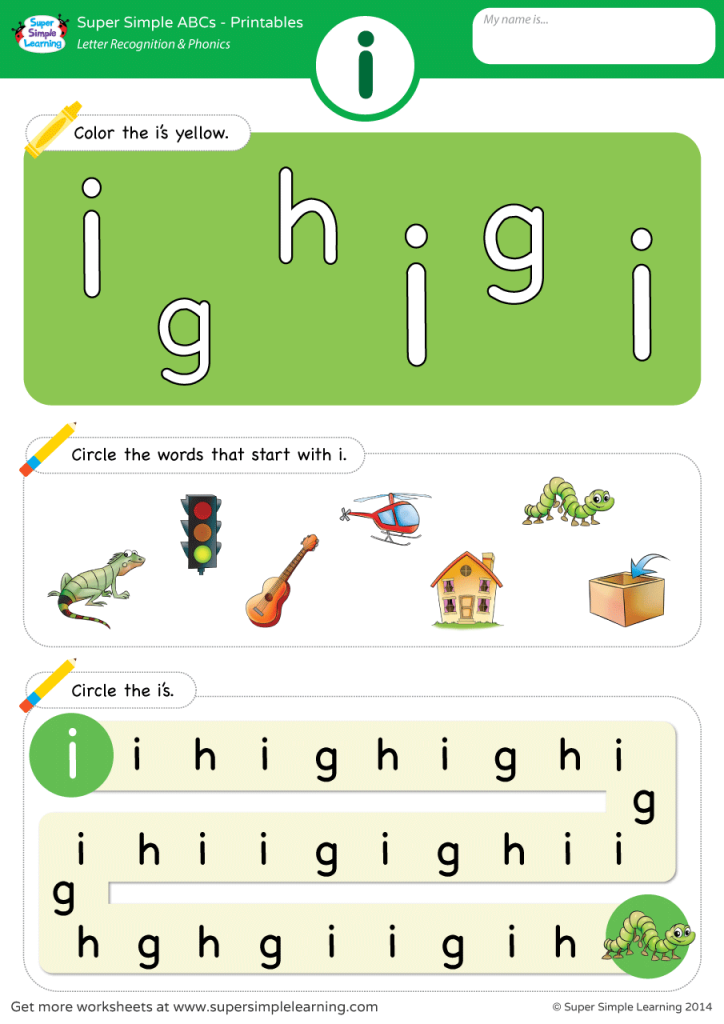 It's also important to know how to teach letter sounds to struggling students and kids if they seem to be having a little trouble.
It's also important to know how to teach letter sounds to struggling students and kids if they seem to be having a little trouble.
One of these pitfalls is teaching a child to recognize and write letters and blends, but not to teach the them separately with focus on the sound (or sounds) of the letters/ blends. This focus on the sound is called phonemic awareness, and you can teach this to your child even with their eyes closed!
However, a lot of children miss this important piece in learning, and it may show up later on with significant struggles. So when teaching your child, be sure to focus on naming sounds of letters and blends in the early days of learning, and you will both reap the benefits later!
After your child has a good grasp of letter sounds, feel free to check out these free alphabet printables for good letter practice.
As an Amazon Associate I earn from qualifying purchases. You can learn more about that here.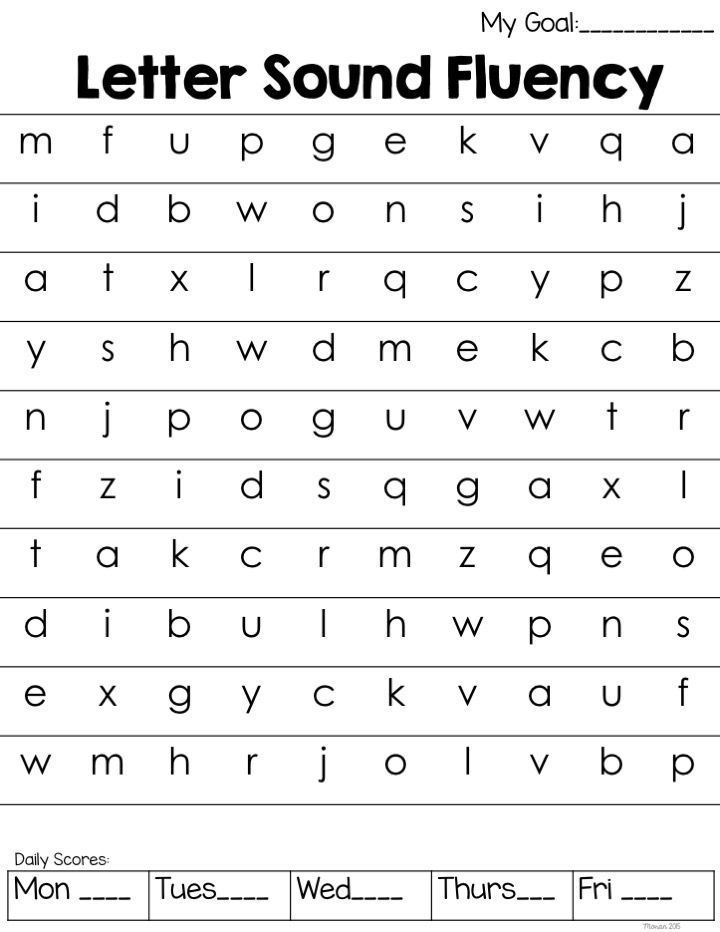
Phonemic awareness cards for every letter
Find ways to practice letter sound recognition with your pre-readers and struggling readers. You can learn songs, read rhymes, and name the letter sounds of items you see all around you.
For something a little more "put together", you can use these flip cards that have no-prep activities you can work on each day for only a few minutes to practice the different sounds of each letter.
Activities to teach letter sounds
There are just a ton of ways and activities to teach letter sounds to your child. And so many of them don't need any preparation! You can work on letter sounds in the car, while waiting for a doctor's appointment, or at the dinner table.
You can come up with your own list of ideas, but here are some to start:
- Play the alphabet sound game. Starting with the letter A and working your way down the alphabet, you just list out with your child all the things you see around you that start with that letter sound.
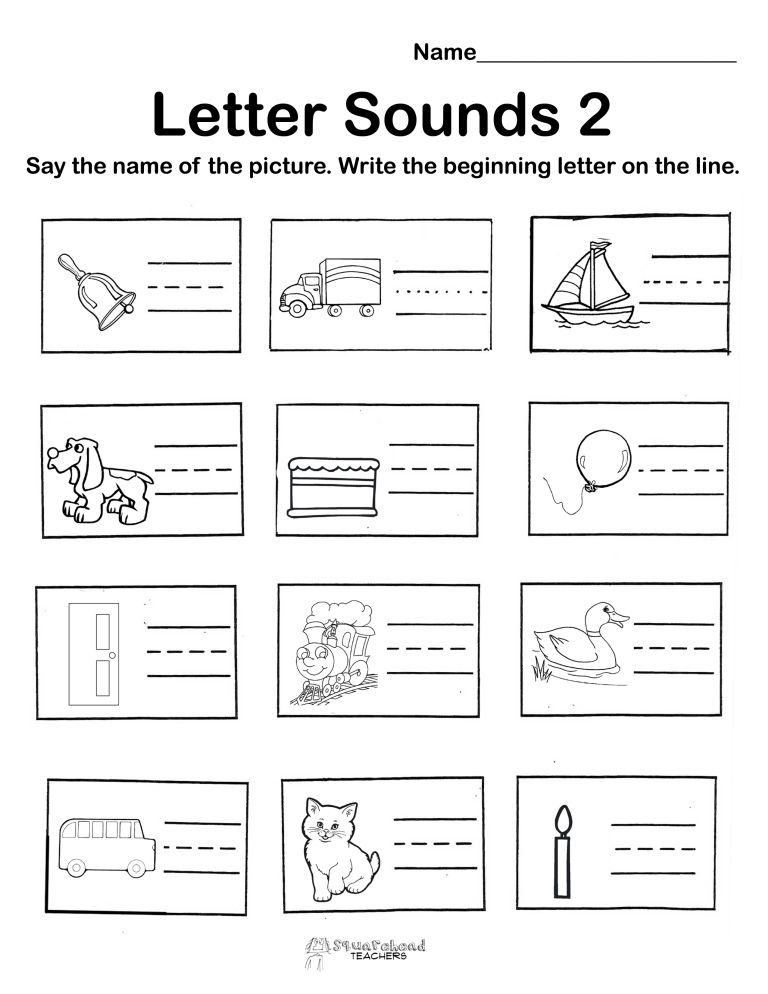 "What do we see that starts with the letter A?"
"What do we see that starts with the letter A?" - Go on a letter sound scavenger hunt! Put items with letter sounds for different letter in a sack.
- Find good apps that help children practice their letter sounds, like Reading Eggs, ABCmouse, or Hooked on Phonics.
- Sing songs that start with the letter sound you are working on.
- Watch videos (think Sesame Street!) that highlight a certain letter and its sound(s).
- Pull Scrabble tiles out of a bag, encourage your child to say the letter sound, and make up more words that start with that sound.
Letter sound interventions
If you have a child who seems to be a little behind with learning letters and sounds, you may need to do a little letter sound intervention planning.
You can start by assessing which letters and letter sounds your child already knows.
Grab some flashcards with a picture on one side, and the associated letter on the back. (Here are some you can use if you need them). Show your child the picture, and have her say what it is. See if she can isolate the first letter sound in the word, and then see if she can name the letter.
(Here are some you can use if you need them). Show your child the picture, and have her say what it is. See if she can isolate the first letter sound in the word, and then see if she can name the letter.
Document which letter sounds and which letter names need to be worked on. Now you know where the gaps are, and you can begin to fill them!
Make sure when you teach these letters not yet mastered, that you utilized all kinds of sensory activities to really help solidify them in your child's mind and learning process.
Kindergarten letter songsLetter songs for kindergarten, preschool, and all beginning reader stages is a perfect way to teach the letters!
Rhyming interventionOne of the ways that you should develop letter sounds and phonological awareness in your student will be through rhyming intervention.
So, seek to include poems and rhymes in your day as you teach the letters!
For example, for the short letter a sound, you can pair rhyming words, like
rat
sat
hat, etc.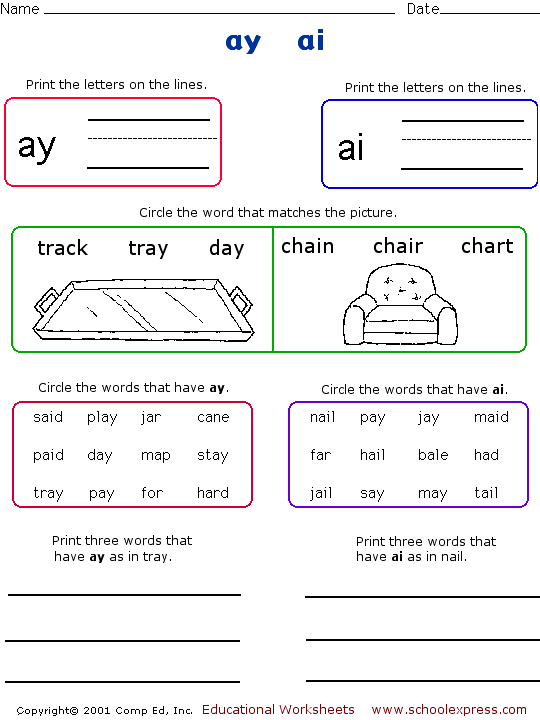
to help your child hear and retain the letter A. It may seem like a simple way to teach, but sometimes the simple ways are the proven ways to stick to!
How do I teach my child to sound out letters?
There are multiple toys, puzzles, flashcards, and activities to teach your child letters and sounds, and particularly if you are looking into how to teach letter sounds to a struggling student or child,
The difference for many kids between struggling and becoming proficient in reading is phonemic and phonological awareness, being aware of and being able to manipulate those sounds within words.
So, as your child engages in these activities, just be sure you are making the sounds together, talking about them, and engaging with them with rhyme and alliteration, so that the printed word will be associated with the sounds of blends as the learning happens.
What age should my child begin to recognize letters?
While some say that most kids will begin to learn letters around the ages of 3 and 4, each child is different.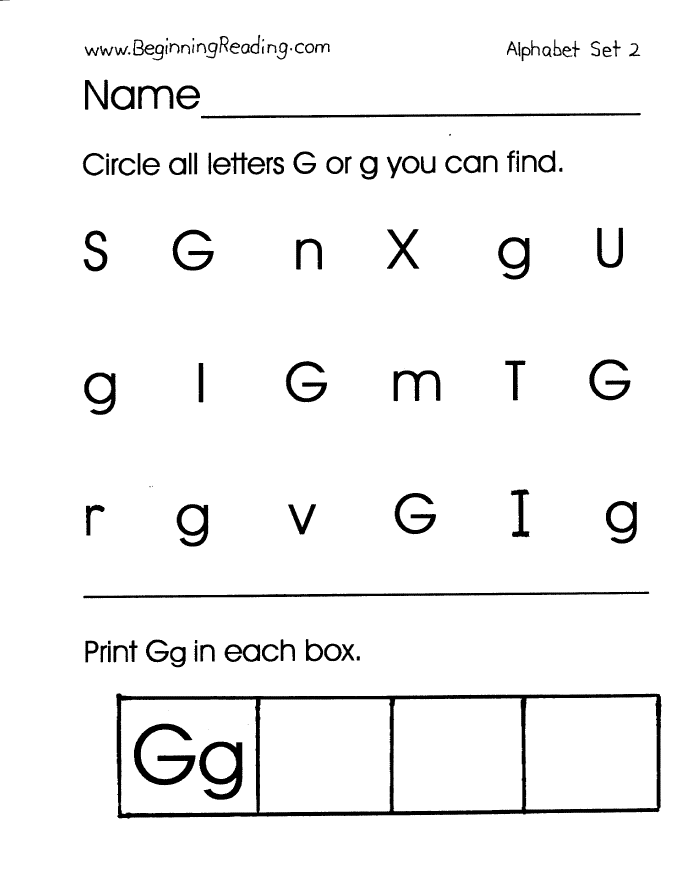 You cannot force this milestone, and frankly, you should not even try.
You cannot force this milestone, and frankly, you should not even try.
It's hard, I know! Because parents want to see their child move forward, and worry about their child being left behind.
Some kids will be reading by age 3 (I kid you not - my sister was reading at age 3.) But lots of other (just as smart!) kids will not really "get" it until age 5,6, or even higher. That CAN be normal, notwithstanding a learning disability, which you can always be on the lookout for.
I know that a lot of children are forced to have reading skills too early, and may be required to have skills before they are ready in a school setting.
But even so, resist the urge to force-feed the alphabet to your very young child (toddlers or even preschoolers).
Instead, focus on these developmentally appropriate skills and activities that will serve your child in the years to come and lay a strong foundation for reading:
- Listening to stories read aloud with enjoyment
- Becoming familiar with a local library
- Having toddler and preschooler appropriate books in the home for play and pretend
- Talking about stories and books with others, asking questions and engaging with the story
- Learn how to hold a book and turn the pages correctly
- Point to different parts of a book (cover, author, etc.
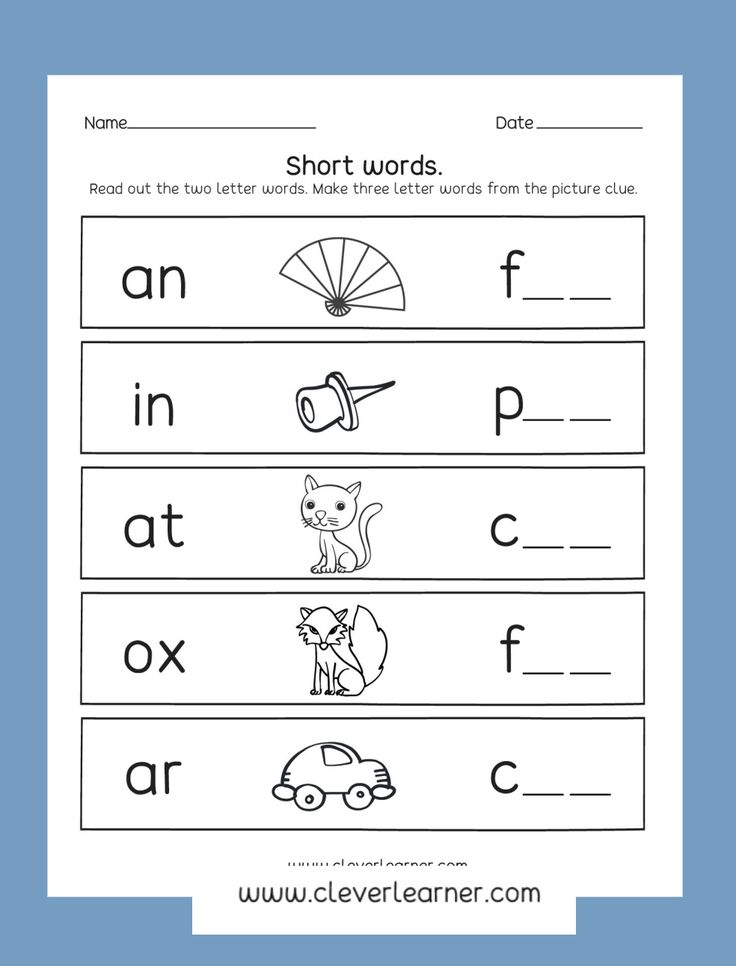 )
) - Development of fine and gross motor skills through PLAY and CRAFTS
- Learn to enjoy alphabet puzzles, rhymes, songs and videos
What to do if your child is having trouble learning the alphabet and how to teach letter sounds to struggling readers:
Depending on the age of your child (and if your child is developmentally ready), you can start working on interventions like the ones listed above to help ready your child for reading.
And, take a look at these flip cards to strengthen the letter sounds of vowels and consonants.
Let me know what has worked or not worked for you in your teaching of letters in the comments below!
>
Recent Articles..
More Letter Pages to Check Out for Activities, Crafts, Worksheets, Printables and More Great Ideas..
Letter A
Letter B
Letter C
Letter D
Letter E
Letter F
Letter G
Table of Contents
- Phonemic awareness cards for every letter
- Activities to teach letter sounds
- Letter sound interventions
- Kindergarten letter songs
- Rhyming intervention
- How do I teach my child to sound out letters?
- What age should my child begin to recognize letters?
- What to do if your child is having trouble learning the alphabet and how to teach letter sounds to struggling readers:
All rights reserved © My Three Readers Theme by Seos Themes
This website uses cookies to improve your experience.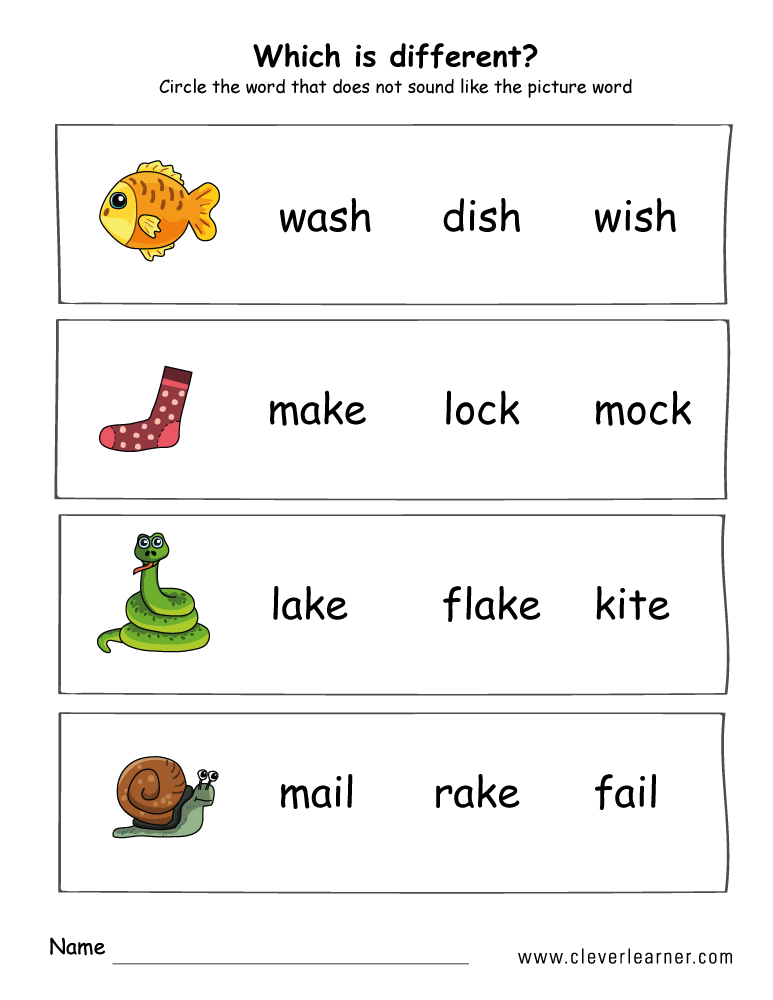 We'll assume you're ok with this, but you can opt-out if you wish.Accept Read More
We'll assume you're ok with this, but you can opt-out if you wish.Accept Read More
60906-15: NORGAU NTE series Electronic torque wrenches
Purpose
NORGAU NTE series electronic torque wrenches are designed to reproduce torque when tightening threaded connections.
Description
The principle of operation of NORGAU electronic torque wrenches of the NTE series is that under the action of the force applied to the handle of the wrench, when a predetermined value of the torque of the force is reached, the wrench emits a warning signal, which indicates that the set torque of the force has been reached. As a warning signal, an audible and visual notification is used.
Structurally, NORGAU electronic torque wrenches of the NTE series consist of a housing with a liquid crystal display that displays the value of the torque force, a control panel with function keys, a handle, a latch, a limit mechanism. Inside the housing there is a mechanism for determining the value of the torque force, the value of which is displayed on the display.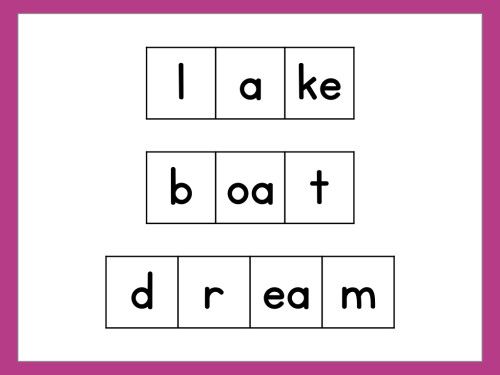
NORGAU NTE series torque wrenches are designed to restrict access to certain parts in order to prevent unauthorized adjustments and tampering, which can lead to distortion of measurement results.
NORGAU electronic torque wrenches of the NTE series are produced in twenty-eight modifications that differ in the range of measurement of the torque force, readout resolution, overall dimensions, weight, size of the connecting element.
The letter designation in the structure of the series indicates: RR - wrenches with built-in ratchet, RI - wrenches with a connecting socket for various interchangeable nozzles, QC - wrenches with a quality control function on a tightened connection, WF - wrenches with a built-in sensor for wireless data transmission (Wi -fi).
A general view of NORGAU electronic torque wrenches of the NTE series is shown in Figure 1.
| O 1 | ■ rmtsni | 1 m" | ' |
| \ | ■ |
Figure 1.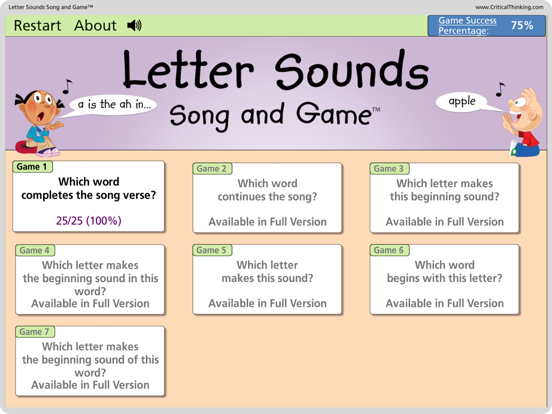 General view of electronic torque wrenches NORGAU NTE series
General view of electronic torque wrenches NORGAU NTE series
Specifications
Metrological and technical characteristics of electronic torque wrenches NORGAU NTE series are shown in Table 1.
Table 1
| Modification | Torque measurement range, Nm | Limits of relative measurement error of torque force, % | Discrete
counts, Nm | Size of connecting elements, mm | Overall dimensions (length) mm, not more than | Weight, kg, max | ||
| Clockwise | Vs hours howl arrows | |||||||
| NTE11-030RI | 6- | -30 | ± 1 | ± 2 | 0. | 9 x 12 | 390 | 0.79 |
| NTE12-135RI | 27- | -135 | 0.1 | 9 x 12 | 410 | 0.97 | ||
| NTE13-135RI | 27- | -135 | 9 x 12 | 410 | 0.98 | |||
| NTE13-200RI | 40- | -200 | 14 x 18 | 545 | 1.37 | |||
| NTE13-340RI | 68- | -340 | 14 x 18 | 640 | 1.52 | |||
| NTE11-030RR | 6- | -30 | ± 3 | ± 3. | 0.01 | 6.35 | 221 | 0.38 |
| NTE12-030RR | 6- | -30 | 9.52 | 221 | 0.39 | |||
| NTE12-060RR | 17-85 | 0.1 | 9.52 | 230 | 0.54 | |||
| NTE12-085RR | 17-85 | 9.52 | 271 | 0.58 | ||||
| NTE12-135RR | 27- | -135 | 9.52 | 380 | 0.97 | |||
| NTE13-135RR | 27- | -135 | 12.5 | 380 | 0. | |||
| NTE13-200RR | 40- | -200 | 12.5 | 520 | 1.43 | |||
| NTE13-340RR | 68- | -340 | 12.5 | 640 | 1.60 | |||
| NTE14-500RR | 100-500 | 19.05 | 950 | 2.99 | ||||
| NTE14-850RR | 170-850 | 19.05 | 1220 | 4.26 | ||||
| NTE15-120RR | 240- | -1200 | 1 | 25.4 | 1800 | 9 | ||
| NTE15-150RR | 300- | -1500 | 25. | 1800 | 9 | |||
| NTE15-200RR | 400- | -2000 | 25.4 | 1800 | 9 | |||
| NTE11-030RIQC | 6- | -30 | ± 1 | ± 2 | 0.01 | 9 x 12 | 390 | 0.79 |
| NTE12-135RIQC | 27- | -135 | 0.1 | 9 x 12 | 415 | 0.97 | ||
| NTE13-135RIQC | 27- | -135 | 9 x 12 | 415 | 0.98 | |||
| NTE13-200RIQC | 40- | -200 | 14 x 18 | 530 | 1. | |||
| NTE13-340RIQC | 68- | -340 | 14 x 18 | 650 | 1.52 | |||
| NTE11-030RIWF | 6- | -30 | ± 1 | ± 2 | 0.01 | 9 x 12 | 390 | 0.79 |
| NTE12-135RIWF | 27- | -135 | 0.1 | 9 x 12 | 410 | 0.97 | ||
| NTE13-135RIWF | 27- | -135 | 9 x 12 | 410 | 0.98 | |||
| NTE13-200RIWF | 40- | -200 | 14 x 18 | 545 | 1. | |||
| NTE13-340RIWF | 68- | -340 | 14 x 18 | 640 | 1.52 | |||
MTBF, cycles, not less than 5000.
Operating conditions:
- ambient air temperature, °C 20±10;
- relative air humidity, % 60±20.
Type Approval Mark
The Type Approval Mark is printed on the title page of the instruction manual for NORGAU electronic torque wrenches NTE series.
Completeness
1. Electronic torque wrench NORGAU series NTE
1 pc. 1 PC.
2. Operation manual (OM) ..................................................
3 . Additional adapters .......................................... 9 to
by separate order
Verification of
is carried out according to the document MI 2593-2000 “State system for ensuring the uniformity of measurements. Keys are momentary. Verification method.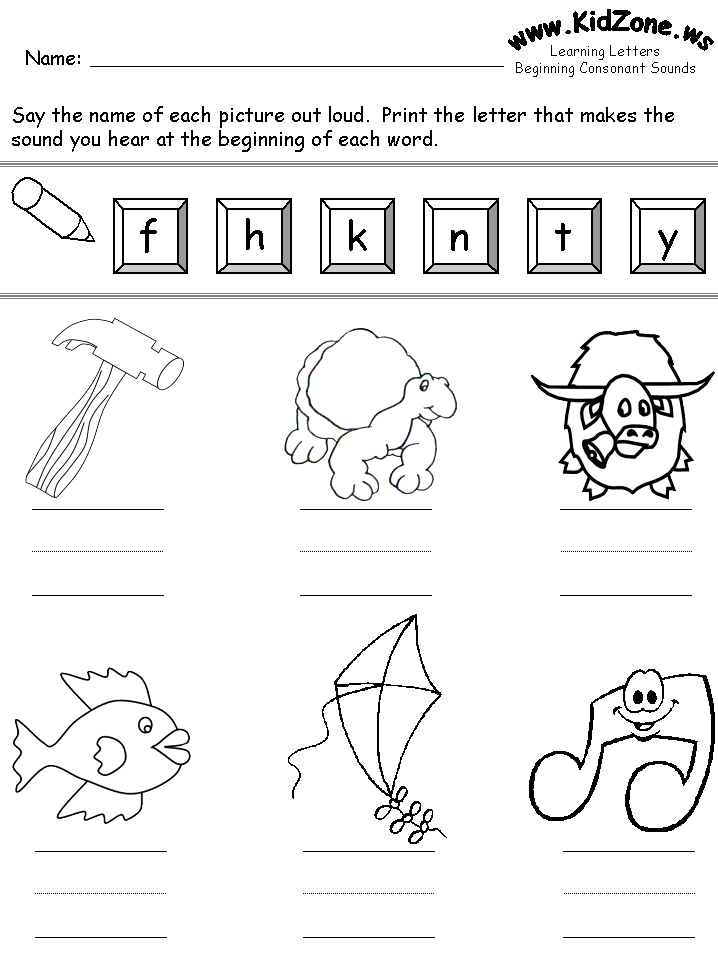
Basic verification tools:
- installations for verification of torque wrenches and torque meters of force of the 1st category according to GOST R 8.752-2011, relative error ±0.25%.
Information about measurement methods
Given in the document “NORGAU electronic torque wrenches NTE series. Manual".
Regulatory and technical documents that establish requirements for electronic torque wrenches NORGAU NTE
- GOST R 8.752-2011 “GSI. State verification scheme of instruments for measuring the torque moment of force”;
- Technical documentation of Eclatorq Technology Co., Ltd, Taiwan.
Repair and maintenance of VW Transporter/ Caravelle (T4) – 10.20.1. Letter designation of the most important devices > Nissanopedia
10.20.1. Letter designation of the most important devices
| GENERAL |
| Code letter | Instrument, device |
| BUT | Accumulator battery |
| AT | Starter |
| FROM | Generator |
| D | Egnition lock |
| E | Manual switch |
| F | Mechanical switch |
| G | Sensor, control devices |
| H | Horn, two-tone horn |
| J | Relay, control unit |
| R, L, M, W, X | Control lamps, lamps, lamps |
| N | Solenoid valves, resistors, switching devices |
| O | Distributor |
| P, Q | Spark plug connectors, spark plugs |
| R | Radio |
| S | fuses |
| T | Plug connections, connectors |
| W | Electric motors |
For accurate recognition, numbers are given next to the letters.
Relays and electronic control units are usually marked in grey. Lines drawn inside are internal connections. They show how relays and other electrical and electronic devices switch between themselves and with the relay board.
The number in the black square indicates the position of the relay on the fuse relay board. Directly on the marked relay is the contact designation. For example: if the terminal is marked 17/87 on the wiring diagram, then 17 is the designation of the terminal on the relay board 87: this is the designation of the terminal on the relay (control unit).
The designation of the terminals is DIN standardized.
Terminal designations
Terminal 30. Battery voltage is always applied to this terminal. The cable is always red or red with colored streaks.
Terminal 31. Leads to ground. Ground wires are usually brown.
Terminal 15. Powered by the ignition switch. The wires conduct current only when the ignition is on.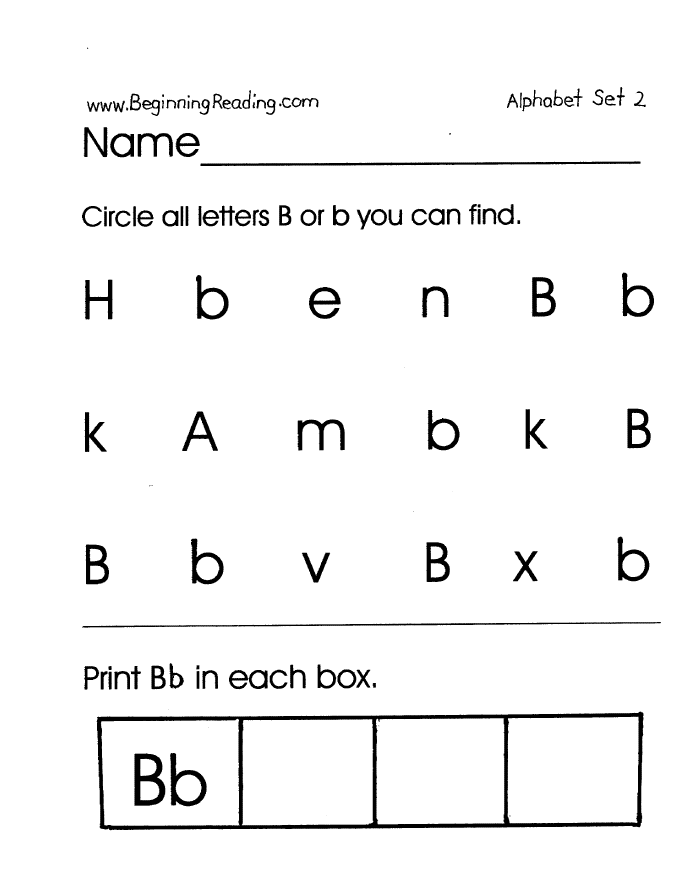 The cable is always green or green with colored veins.
The cable is always green or green with colored veins.
Terminal X. Conducts current also only when the ignition is on, but the current is interrupted as soon as the starter is turned on. This ensures that only the ignition system is energized during start-up. All large current consumers are in this circuit. The main beam is also supplied with current from this terminal. High beam automatically switches to parking when the ignition is turned off.
In the wiring diagram, numbers are shown on individual conductors and combinations of letters below them. For example:
1.5
WS/ge
The numbers indicate the cross section of the conductor. The letters indicate the color of the conductor. If the designation consists of two groups of letters separated by a slash, as in the example, then the first group indicates the main color of the conductor: WS - white, the second group of letters: ge - yellow - additional color. Since it sometimes happens that the same wire colors are used for different circuits, it is recommended to control the color combination of the corresponding conductors on the connecting terminals. White wires, for distinction, are additionally equipped with a number, which in the wiring diagram is under the letter designation of the color.
White wires, for distinction, are additionally equipped with a number, which in the wiring diagram is under the letter designation of the color.
/vw-transporter/html/10_20_1.htm
Repair and maintenance of Mercedes-Benz M - Class W163 - Removal and installation of the selector module
Removal and installation of the selector module Models manufactured after 08/31/99 Details of installing the selector module on models manufactured after 08/31/99 (without function......
10 10 2022 8:35:30
Device, maintenance, repair Renault Megane , Scenic since 1996 - Vehicle readiness checks
Checking the readiness of the vehicle for operation Introduction The Section lists all the components and systems to be checked and suggests methods ......
09 10 2022 1:11:17
Installation, maintenance, repair Opel Frontera - Accelerator pedal and gas control actuator
Accelerator pedal and gas control drive GENERAL INFORMATION For proper control of the engine speed, the correct adjustment of the gas pedal and.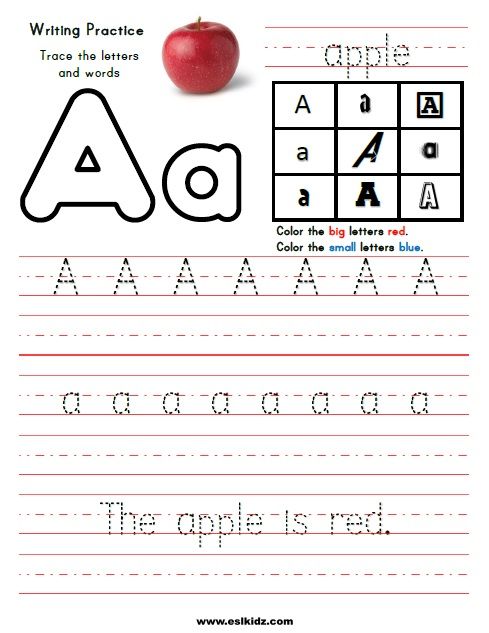 ..... Air filter
..... Air filter
5.8. Air filter GENERAL INFO Air filter 1. Throttle sensor connector 2. Gasket 3. Throttle sensor 4. Connector......
07 10 2022 18:12:20
Installation, maintenance, repair Nissan Maxima QX - Transfer of control of the operation of on-board power consumers via switched lines
Transfer of control over the functioning of on-board consumers of electricity via switched lines To the package considered in this Manual...... Central locking
1.16.2. Central locking GENERAL INFORMATION Locking doors, tailgate or tailgate, tank flap Locking: Turn the key to...... alternator drive belt tensioner
Removal and installation of the alternator drive belt tensioner Gasoline engines Removal:57
Installation, maintenance, repair of Citroen Xantia (since 1993) -Checking and adjusting the maximum engine speed
Checking and adjusting the maximum engine speed The maximum speed adjustment screw is sealed at the factory.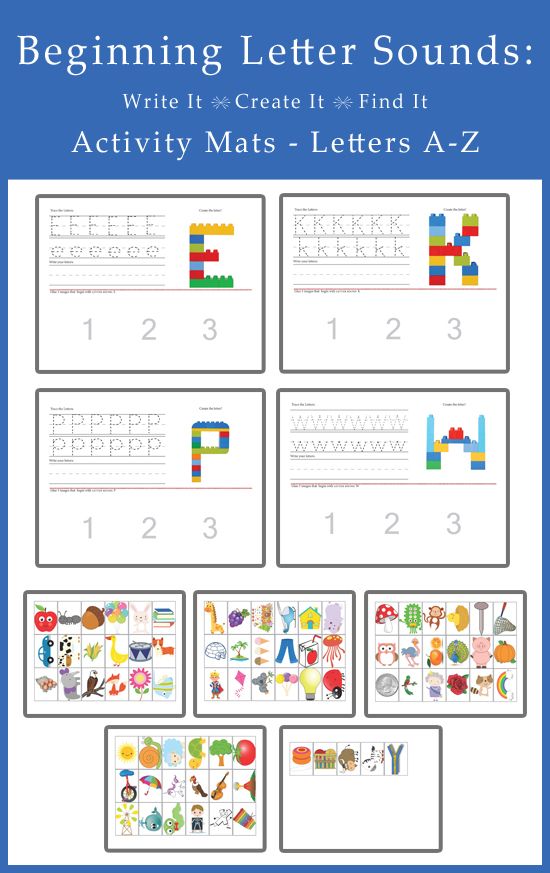 It is assumed that ......
It is assumed that ......
03 10 2022 8:10:38
Repair and maintenance of a Ford Escort 1980-1990. - 12.2.2. Removing and installing brake caliper and brake disc
12.2.2. Removal and installation of a support of brakes and a brake disk Removal PERFORMANCE ORDER 1. To release bolts of fastening of wheels, to lift the car,.0005
02 10 2022 18:25:29
Repair and maintenance of Kia Sephia/Shuma/Spectra since 1995 – 16.61. Trunk lid hinge
16.61. A hinge of a cover of a luggage carrier Removal PERFORMANCE ORDER 1. Remove a cover of a luggage carrier. 2. Remove the top stoplight. 3. Remove the rear shelf. 4......
01 10 2022 19:46:49
Repair and maintenance Mercedes-Benz M - Class W163 - Front output shaft oil seal replacement
Replacing the front output shaft seal Replacing the front output shaft seal 1 - Transfer case 2 - Crankcase cover 3 - Drain plug 4 -. .....
.....
30 09 2022 8:40:32
Repair and maintenance of FJ60, FJ62 and FJ80 vehicles Toyota Land Cruiser 1980 -1997 – 5.2.6. Fuel level sensor
5.2.6. The gauge of level of fuel Check PERFORMANCE ORDER 1. Before check of the gauge of level of fuel completely fill a tank with gasoline. 2. On cars......
29 09 2022 11:30:47
Repair and maintenance of Kia Sephia/Shuma/Spectra since 1995 – 18.13. Check of the traction relay
18.13. Checking the traction relay ORDER OF PERFORMANCE 1. Using an ohmmeter, check the conductivity between terminals S and M of the traction relay. In the absence of conductivity, ......
28 09 2022 7:35:37
Repair and service Hyundai Elantra - pressure regulator
Pressure regulator The pressure regulator regulates the pressure in the drive of the brake mechanisms of the rear wheels depending on the load on the rear axle of the car. ...... Installation
...... Installation
2.7.3. Installation PERFORMANCE ORDER 1. If idle pulleys were removed, establish them and an extension spring. While stretching the spring, move the top......
26 09 2022 18:23:35
Installation, maintenance, repair SAAB 9000 from 1985 - Removal and installation of the knock sensor (DI / APC system)
Removal and installation of the knock sensor (DI / APC system) Removal PERFORMANCE ORDER 1. The knock sensor is located in the rear part of the cylinder block. 5 series E39 1996-2001 - Brake system
Brake system Specifications Individual specifications are also given in the text of the Chapter and, if required, are marked in bold type......
24 09 2022 10:26:55
Installation, service, repair Suzuki Grand Vitara SQ416/SQ420/420WD - Maintenance
Maintenance To avoid burns, do not touch the hot exhaust system. Any work must be carried out when the system has cooled down.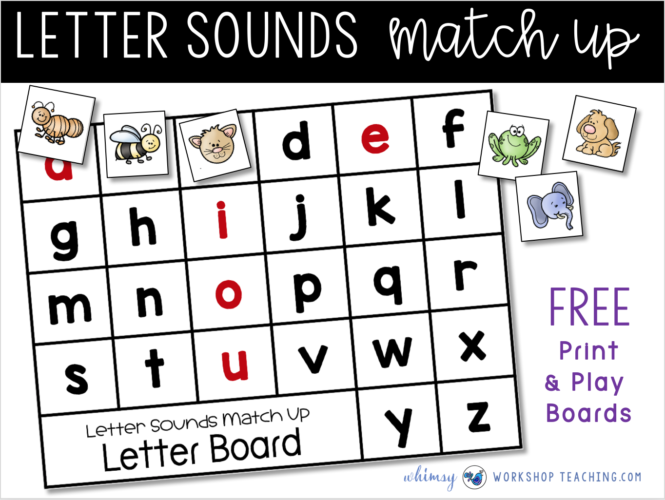 ......
......
23 09 2022 12:25:38
Repair and operation of the Mazda 626 car - 13.2.2. Models with 4-cylinder engine and manual transmission 1993-1995 release
13.2.2. Models with 4-cylinder engine and manual transmission 1993-1995 release GENERAL INFORMATION 1. Fan switch 4. Cooling fan relay 11.......
22 09 2022 19:39:11
Repair and operation of the car TOYOTA 4-RUNNER - 6.3.2. Front and rear flange seals
6.3.2. Epiploons of forward and back flanges Replacement PERFORMANCE ORDER 1. Lift the car. 2. Remove the propeller shaft (front or rear). 3......
21 09 2022 15:18:53
Installation, maintenance, repair of Skoda Fabia since 2000 – 2.7. Replacing the cylinder head gasket
2.7. Replacement of a laying of a head of the block of cylinders THE GENERAL INFORMATION The head of the block of cylinders of the engine 1,9 l, 74 kW 1 – a cover of a head of the block; 2 – valve. .....
.....
20 09 2022 21:44:22
Repair and maintenance of Toyota Camry – 10.11. Removal of air from the hydraulic drive of brakes
10.11. Removal of air from the hydraulic drive of the brakes GENERAL INFORMATION The need to bleed the hydraulic drive on all wheels arises after disconnecting the tubes......
19 09 2022 0:39:33
Repair and maintenance of Toyota Camry - 1.1.27. Air conditioning system
1.1.27. Air conditioning system 1.1.27.1. Controls GENERAL INFORMATION 1. Airflow button on the windshield 2. Regulator......
18 09 2022 10:52:36
Installation, maintenance, repair Nissan Patrol and Ford Maverick - Maintenance of the crankshaft and main bearings
Servicing the Crankshaft and Main Bearings You will need a puller to perform the following procedures (to remove the gear wheel......
17 09 2022 17:20:15
Installation, maintenance, repair Subaru Forester - Checking and adjusting the parking brake actuator
Checking and adjusting the parking brake actuator Adjusting the parking brake actuator 1 — Parking brake lever 2 — Locknut 3 —.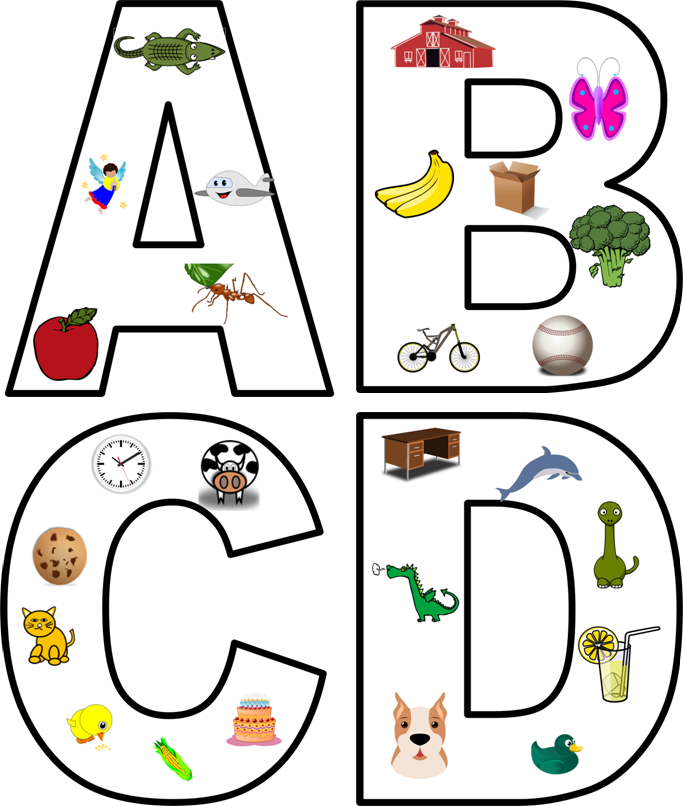 .... fourteen. Power windows
.... fourteen. Power windows
1.1.14. Electric windows THE GENERAL DATA Switches are in an armrest of a door of the driver. 1 – driver's door; 2 - front passenger door; ......
15 09 2022 3:17:46
Device, service, repair Suzuki Grand Vitara SQ416/SQ420/420WD – Brake fluid
Brake fluid Replacement ORDER OF PERFORMANCE Replacement of brake fluid is carried out in the following way: Completely drain the fluid from the system, fill......
14 09 2022 16:23:30
2.1. Use during operation in automatic mode (AUTO)
1.1.33.5.2.1. Operation in automatic mode (AUTO) GENERAL INFORMATION The desired interior temperature can be set using keys 15 and ......
13 09 2022 2:59:35
Device, maintenance, repair Mercedes W124 - 23.20. Steering wheel
23.20. A steering wheel THE GENERAL DATA The prevention At installation it is necessary to use a new bolt of fastening of a steering wheel.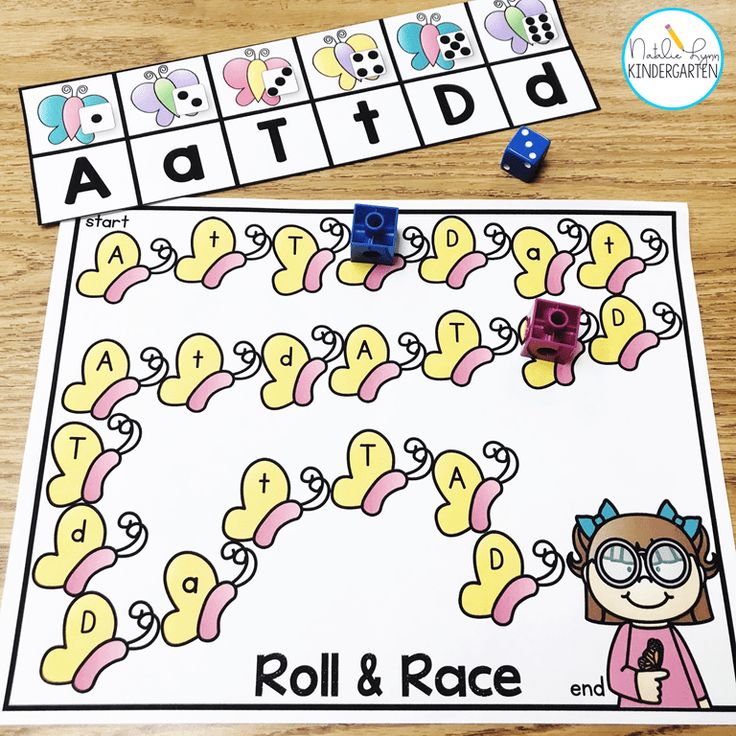 Removing the Model without a cushion......
Removing the Model without a cushion......
12 09 2022 9:31:41
Repair and operation of the Mazda 626 car - 5.2.5. Fuel lines and connections
5.2.5. Fuel pipes and connections GENERAL INFORMATION Proper connection of hose to pipe 1. Hose 2. Clamp 3. Pipe Inspection Periodically inspect......
11 09 2022 18:33:28
Device, maintenance, repair Mercedes W124 - 6.12. Cylinder head
6.12. A head of the block of cylinders THE GENERAL DATA The prevention For removal of a head of the block of cylinders it is necessary to use the load-lifting mechanism. At ......
10 09 2022 9:16:55
Installation, service, repair Citroen Xantia (since 1993) - Purchase of spare parts and vehicle identification numbers
Purchase of spare parts and vehicle identification numbers0005
09 09 2022 9:33:54
Repair and maintenance of the VW Golf-4 car - 13.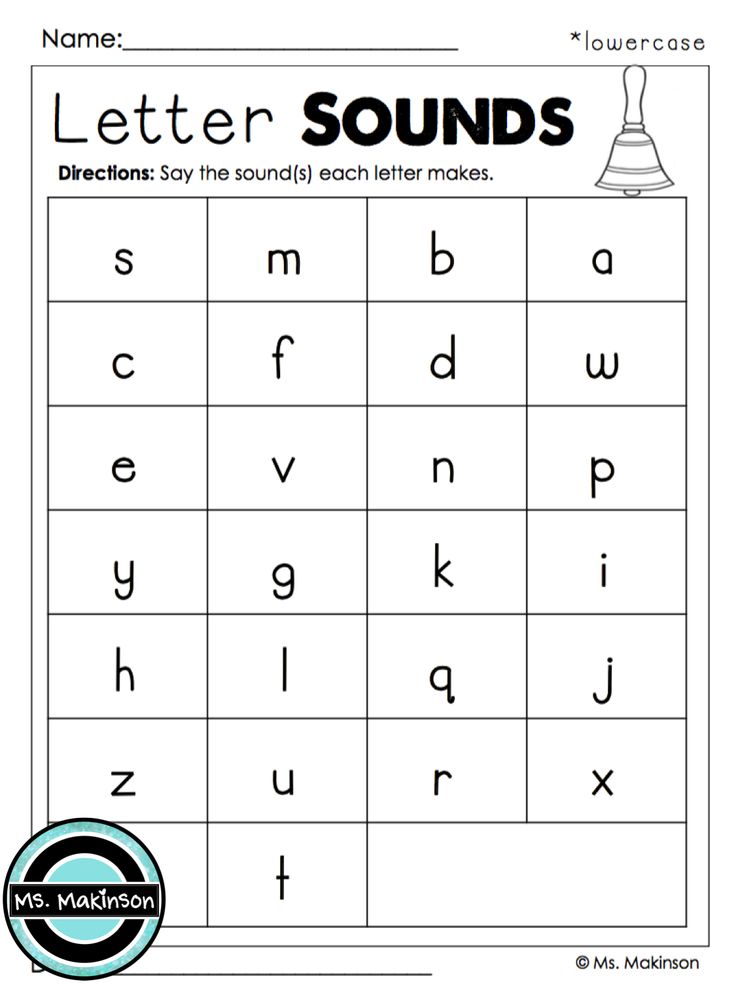 32.2. Windshield washer nozzle adjustment
32.2. Windshield washer nozzle adjustment
13.32.2. Windshield washer nozzle adjustment GENERAL INFORMATION Proper spraying of liquid on the windshield If the jet of liquid sprayed .... Tie rod
23.31. Central steering rod Removal PERFORMANCE ORDER 1. Tighten the parking brake, then raise the front of the car and fix on......
07 09 2022 6:13:12
Installation, service, repair Nissan Patrol and Ford Maverick - Rear disc brake service
Servicing the Rear Disc Brakes The following special tools are required for the procedures below: Since the interior is just as important as the mechanics and body, you must take care of the interior of your car. This may include, among other things, purchasing suitable covers for your car seats to protect them. Also, many resort to this solution for purely aesthetic reasons. You can find out more about car seat covers by clicking on the link. Everyone […]...
05 09 2022 19:17:28
Installation, maintenance, repair SAAB 9000 since 1985 - Removal and installation of the air cleaner assembly
Removal and installation of the air cleaner assembly Removal ORDER OF PERFORMANCE 1.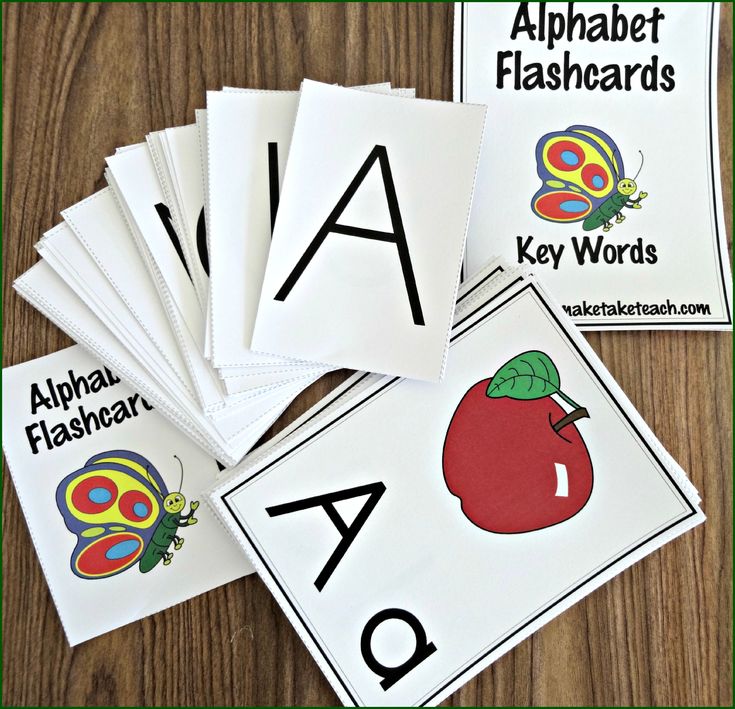 Loosen the clamp and disconnect from the cover of the air cleaner inlet ......
Loosen the clamp and disconnect from the cover of the air cleaner inlet ......
04 09 2022 9:19:55 refurbishment of the rear window heater
Function test and refurbishment of the rear window defroster The working element of the rear defroster is...... Instability In this case, instability should be understood as a departure from a straight-line movement from side to side of the front or rear......
02 09 2022 19:37:38
Device, maintenance and repair of Peugeot 405 - 3.4.1.4. Dismantling and assembly of the distributor Ducellier
3.4.1.4. Disassembly and assembly of the Ducellier distributor GENERAL INFORMATION Ducellier distributor 1 - distributor cap, 2 - distributor rotor, 3 -...... Central floor section
11.22. Center floor section GENERAL INFORMATION Center floor section 1. Gear lever handle 2. Top panel 3. Panel......
31 08 2022 4:28:55
Device, maintenance, repair Daewoo Nexia - 2. 24. Reaming bushings
24. Reaming bushings
2.24. Reaming bushing holes GENERAL INFORMATION Warning In order to avoid breakage of the cutting edges and jamming, the reamers should be limited...... Steering column
10.4.2. Steering column Removal PERFORMANCE ORDER 1. Remove a steering wheel. 2. Loosen the fixing screws of the helical spring. 3. Loosen the screw......
29 08 2022 19:58:26
Best car brake fluids in 2019
What is the best brake fluid for a car? The question is difficult, because there are many brands of very different quality. Let's consider the best of them... Removal and installation of gates of injection Removal PERFORMANCE ORDER To disconnect a cable of weight from the battery. This clears the fault memory......
27 08 2022 15:49:24
Repair and maintenance of Opel Astra A – 5.2.29. Oxygen sensor
5.2.29. Oxygen gauge Removal and installation PERFORMANCE ORDER 1. Warm up the engine to normal working temperature.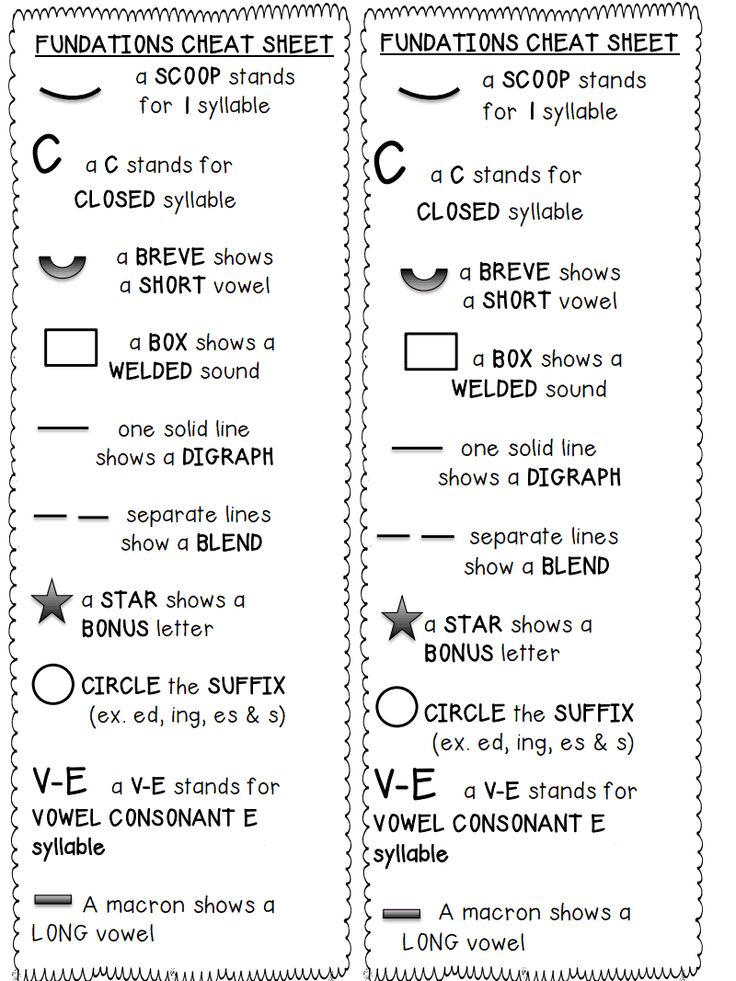 2. Disconnect the connector ......
2. Disconnect the connector ......
26 08 2022 3:11:13
Device, maintenance, repair Opel Cadet E (1984-1991) - 6.1.11.1.2. Fast idle
6.1.11.1.2. Accelerated idle speed GENERAL INFORMATION Adjustment can be performed both on the carburetor installed in the car, and on ......
25 08 2022 10:24:37
Hyundai
Repair and operation of the car Hyundai Accent, since 2000 of release. SOHC petrol engines: 1341 cm3 and 1495 cm3; DOHC: 1495 cm3. Repair and operation of the car Hyundai Elantra 2000-2004 Petrol engines: 1.6, 1.8, 2.0 l. Diesel engines: 2.0 l. Manual for the repair and operation of Hyundai Getz cars from 2002 onwards. with gasoline engines 1.1, […]...
24 08 2022 4:53:53
Repair and maintenance of Ford Scorpio 1985-1994 – 4.9. Drive belt tensioner
4.9. The mechanism of a tension of a driving belt PERFORMANCE ORDER 1. To remove a driving belt.

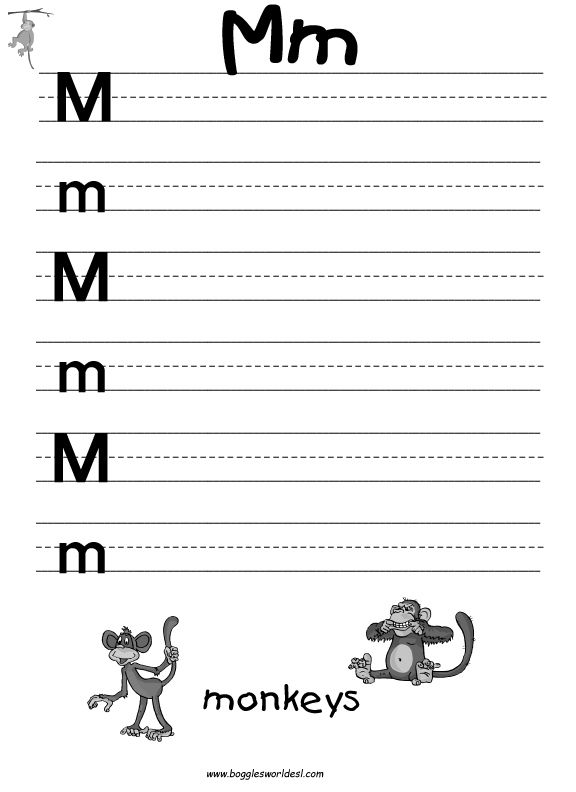 01
01  4
4  37
37 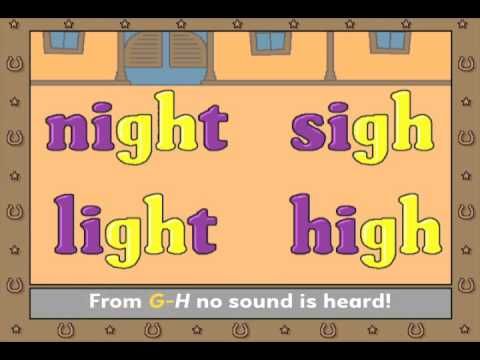 37
37 